MEET THE
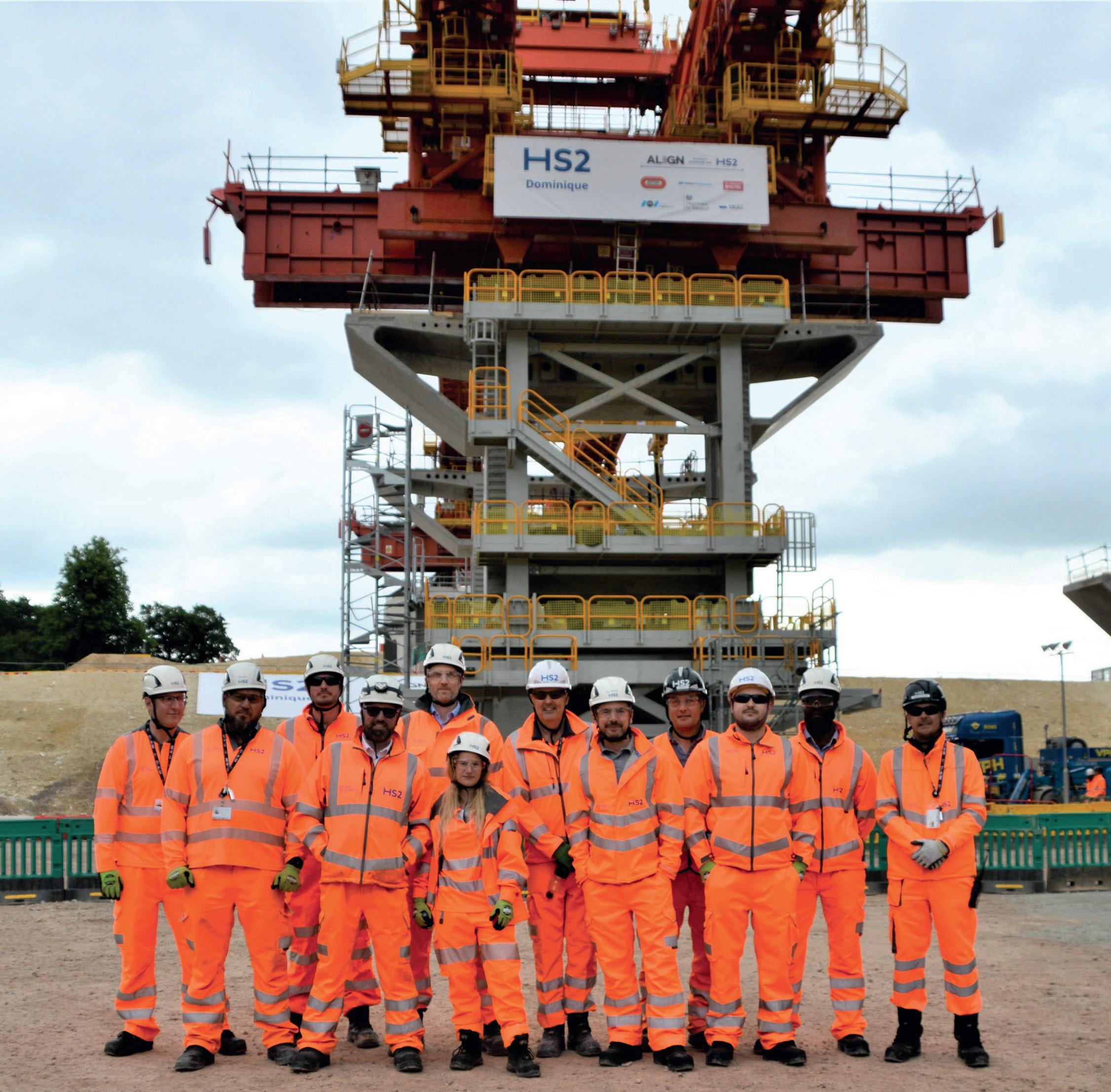

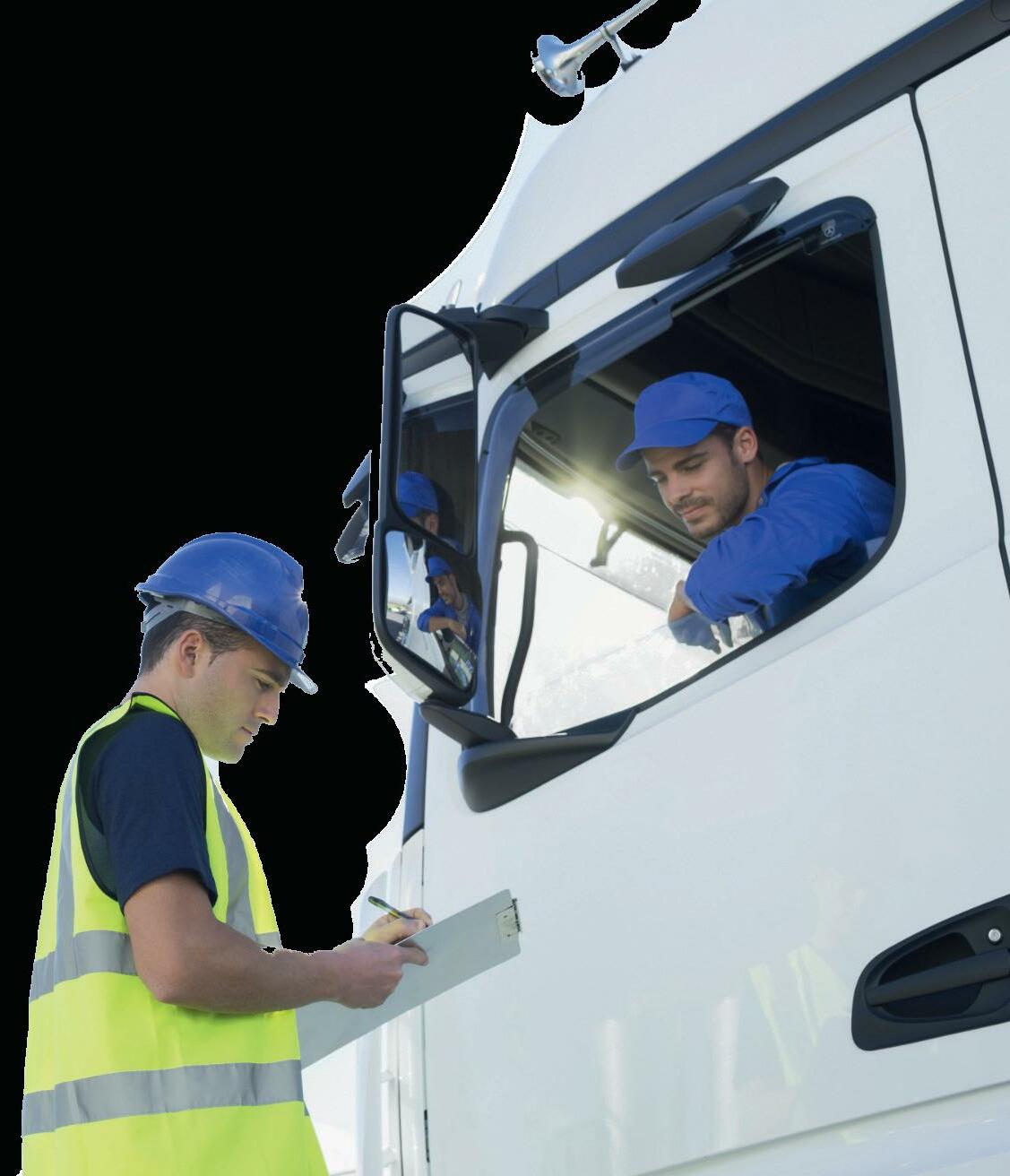








Aboutus





Electrifying partnership.

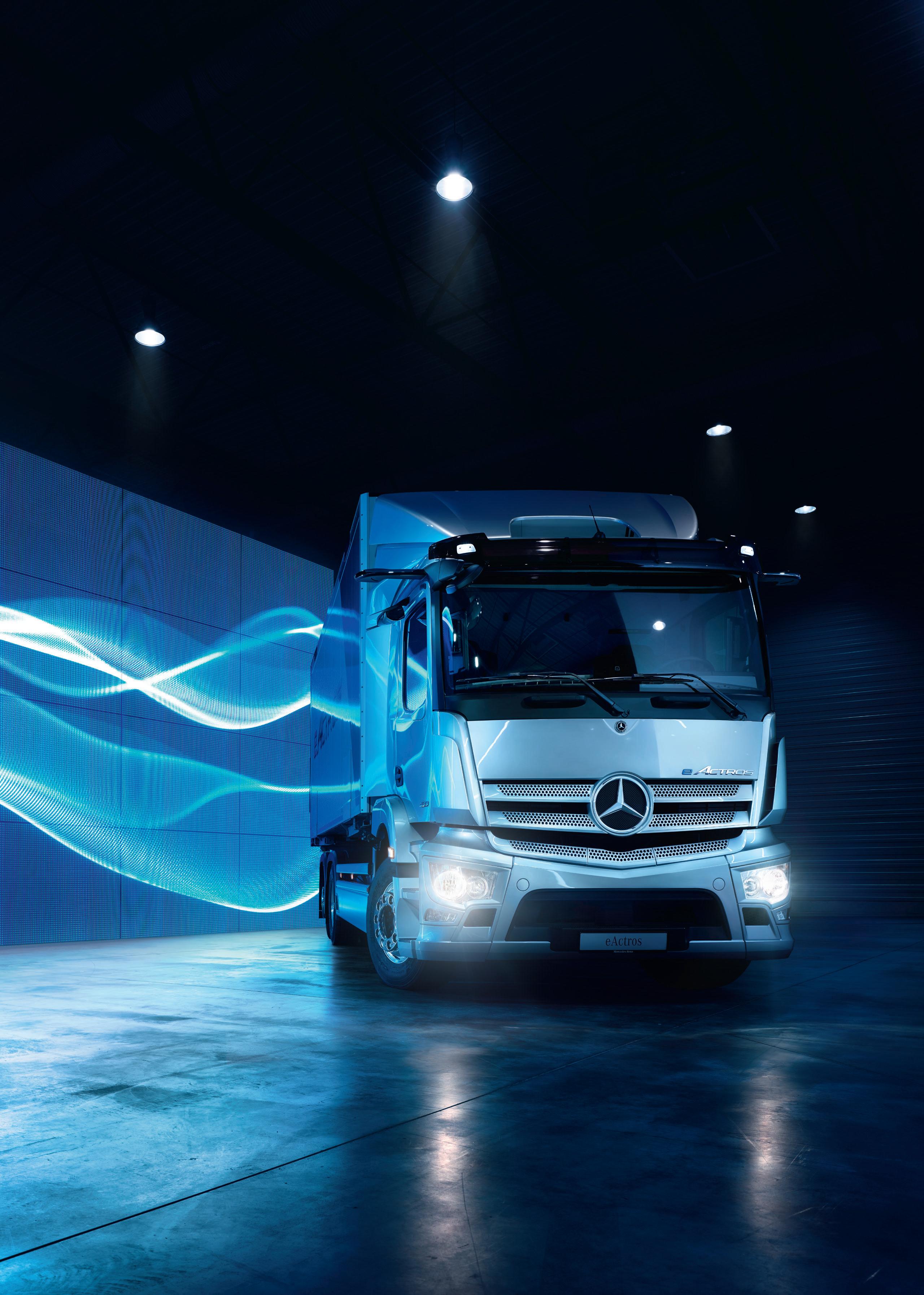
HELLO & WELCOME

Britain’s transport companies are facing more and more economic crises at present. Now is the time for managerial staff to increase efficiency across the board
The recent Covid pandemic had the most dramatic effect on UK plc since the outbreak of the Second World War. Many companies began buckling – or even collapsing – because of its effects. But as the threat began receding, many firms were looking forward to getting back to business and setting strategies for recovery.

How quickly things change nowadays! Just as economic recovery began, we have been hit by a number of new crises that we could never ever have imagined. And as each one reveals itself, they seem to be getting more and more serious.
Just look at the problems that British transport firms are facing at present.
Firstly, the microchip shortage among truck and van manufacturers means the delivery of new vehicles has been held up. I have heard tales of 12-month lead times for some heavy vehicles.

Then of course, just to exacerbate that problem, it is reckoned that Britain is short of 100,000 truck drivers.
But the terrible war in Ukraine has really knocked Britain –and indeed the whole world – for six. We have rising fuel prices, shortages of various commodities – and gas and electricity prices are rocketing as they never have done before.
On top of all this, we have various sectors of the UK workforce that are still taking strike action, which again is having a dramatic effect on some companies that are still struggling to get back to normal.
What all this adds up to among transport firms is that those in managerial positions need to be taking firm action to ensure that their operations are being run in the most efficient and cost-effective manner.
One of the ways they can do this is by making sure their employees are trained properly for the jobs they do, which in turn will promote health and safety across the whole company.
Sadly, this is something I’ve found a few people in the industry don’t fully appreciate. The problem is that while all those in the know realise that a good health and safety policy does actually cut the company costs, it often isn’t easy to
say how this has been done. For example, if Fred the driver narrowly misses a huge prang as a result of the special training he has just received, he is hardly likely to run in and tell his manager about it!
So I am hoping that some of these doubting Thomases will pick up this magazine and read my column because I can say with 100% certainty, having been in the transport business all my life, that health and safety at work will pay dividends and boost profits time and time again. Those dividends may take time to show themselves but in the end they will become clear.
Another problem that has raised its head as a result of the turmoil this country is facing is that of drink and drugs in the workplace. In times of stress, some people seek solace in alcohol and recreational drugs. And if these people happen to be among your employees, then their work will suffer – and action needs to be taken before they cost your firm dearly by causing a major accident.
But what should you do if you suspect a colleague is having problems with drink and drugs? You’ll find the answer in our special feature on pages 50 and 51. You may actually find that your colleague is relieved that he or she has found someone to discuss the problem with – and it may even lead them to seek professional help.
Good
Right: Overloading

Heavyweight horror stories from the roadside revealed
26-28
Left: Red turns green
Refrigerated trucks ditch red diesel for a more environmentally friendly alternative

14-19
Left: FORS Conference

Six-page special featuring news and pictures from the big event
20-23
Below: Operator profile
FORS Gold accredited operator McCann found its new status to be an essential business tool
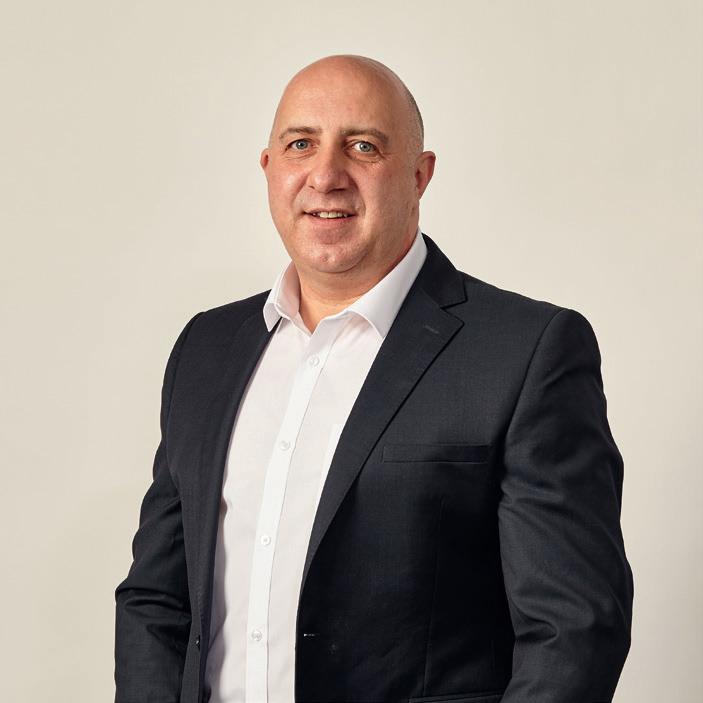
50-51
Right: Drink and drugs
How to support a colleague who is suspected of substance abuse at work

36-39
Above: Electric vans
Who’s offering what in the field of zero-emission, light commercial vehicles

42-44
Left: First drive
We get behind the wheel of the new Volta Zero, a truck hoping to steal a march on the big players
8-9 News
New FORS Transport Planner helps fleets save time and money
10-11 Hot topics
A round-up of essential news for transport operators
14-19 FORS Conference
Top speakers bring FORS operators up to date with all the latest safety and environmental news
20-23 Operator profile
McCann boss reveals the many benefits of becoming a FORS Gold accredited operator
26-28 Refrigerated trucks
There’s a green revolution after tax cut on red diesel
30 Technology savings
How one fleet cut its bills by £30,000 by using telematics
31 Overloading
True horror stories revealed by uprating specialist SV Tech
36-39 EV vans
Thinking of buying zero-emission LCVs? We highlight what’s on offer
42-44 Behind the wheel
Can Volta’s new zero-emission truck cut it against the big players?

50-51 Drink and drugs
What to do if you suspect a colleague of substance abuse
54 Better vision Interview with Vision UK managing director Rick Treharne
58 Safety technology
Drager uses the latest hi-tech systems to tackle dangerous practices in the workplace
Rule
Gold benefits
Safety upgrade
Fleetclear helps avoid dangerous roll-away situations
TRANSPORT PLANNER HELPS EFFICIENCY AND SAVING COSTS
FORS has partnered with transport optimisation specialist, The Algorithm People (TAP), to bring the FORS Transport Planner to accredited operators as part of its Affinity Partner programme expansion.
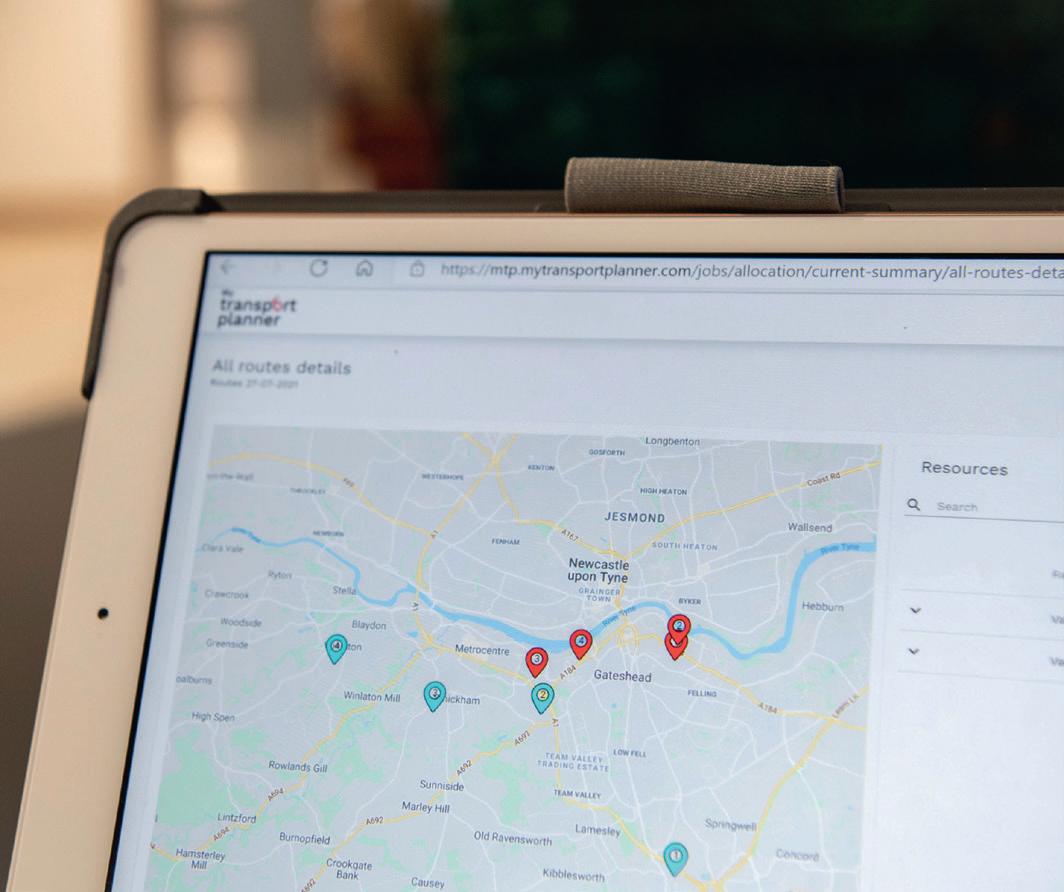
While fleets are experiencing spiralling costs across all areas of their businesses, FORS Transport Planner can help. Utilising the latest in optimisation technology, the algorithms compute the best combination of jobs, assets such as available drivers and vehicles and routes to give the most efficient results. The outcome is fewer vehicles, running fewer miles for the same amount of work.
FORS Transport Planner works with fleets across different sectors and industries. It also works with petrol, diesel and electric vehicles, or a mixed fleet. The software will automatically consider vehicle payload, variable routes and other necessary information and can also factor in range and charging for electric vehicles.
CEO of TAP, Colin Ferguson, said: “My background is in transport
operations, so the system was built with that experience front of mind. Our aim is to help operators of all sizes, many of whom don’t have access to this kind of technology or are currently relying on manual route planning or fixed route sequencing. With only 10 per cent of fleets optimising their transport planning, we believe FORS Transport Planner can help level the playing field, we regularly see customers reporting savings and efficiencies of up to 30 per cent.”
Ferguson continued: “Our business model is based on three pillars – decarbonisation, optimisation and innovation. Helping operators reduce costs, improve their profitability and begin their decarbonisation journey through better optimisation is essential for any business. Our evidence-based analysis and first-hand knowledge of transport infrastructure means we can also advise on how fleets can best transition to electric and other low emission vehicles, ensuring they continue to decarbonise their fleets in the way that most makes
sense for their unique business.”
FORS Concession Director, Ian Henderson, added: “This software reflects the ethos of the FORS programme. Helping our accredited operators find ways to work smarter and greener is to the benefit of all. The team has extensive industry experience as well as fleet and electric vehicle expertise and I’d encourage all operators to start a conversation about decarbonisation and see what savings and benefits can be gained.”
FORS Transport Planner does not require lengthy installation or consultancy
with large upfront costs, relying on an easy-to-use interface for fleet managers to input data, and providing onboarding teams, a technical helpdesk and online user guides. There are a number of flexible payment options, enabling customers to choose the contract length or even work on a pay-as-you-go basis. Quick access to the system means operators can start seeing the benefits from the very first day of operation. •
Below: FORS Transport Planner – new essential
Tyre savings
How one Welsh garage is helping fleets cut their costs p11
Better training Fleet Source launches immersive virtual reality experience p11
False alerts
New way to stop this costly and pointless problem p12
Align appointed FORS Champion

New champion Portakabin joins the ranks of FORS’ elite operators p12
The Align joint venture that is delivering the central portion of High Speed 2 (HS2) Phase One, has become one of the latest major businesses to incorporate FORS into its transport supply chain, following its appointment as a FORS Champion.
Align’s FORS Champion status means its transport activities must have achieved the FORS Silver level of
accreditation for its work on HS2. Align stated that Work Related Road Risk (WRRR) represented a key risk for the project, with the decision made at the start of the venture that its risk reduction strategy would be best supported by mandating FORS Silver across its operation, including its supply chain.
Align is presently constructing the C1 section of HS2 Phase One, which
Left: Workers at Align are now FORS Champions
includes a 16km twin-bored tunnel and a 3.37km viaduct over the Colne Valley. Together, the construction will result in both the UK’s longest inland tunnel and longest rail viaduct. Align is a joint venture comprising Bouygues TP, Sir Robert McAlpine and VolkerFitzpatrick.
As a FORS Champion, Align demands its commercial transport activities –including sub-contracted
to high levels of safety, efficiency and environmental protection above and beyond the legal requirement.
“Work Related Road Risk (WRRR) is front and centre of our logistics activities,” said Head of Logistics at Align, Matthew Potter. “FORS provides us with a benchmark standard of best practice right across our transport supply chain, both on-site and, arguably more importantly, out on the road. We’re very proud to be working on HS2.
“It is imperative we maintain the highest standards of health and safety for our workforce and the wider public. FORS definitely helps us achieve that.”
HGV operators – are accredited to FORS Silver level. It means all vehicle movements are executed
Durite resolves challenges for Joda Freight
A haulier says it is benefiting from a bespoke vehicle camera system developed by FORS Associate Durite.
Joda Freight provides logistics and haulage services throughout the UK and into Europe.

Neil Tullett, Technical Director of Joda Freight, said: “We were looking for a solution that could tackle several problems we were facing, including false insurance and scammer claims. It also had to be a security system that protects against fuel theft and vandalism as it was
costing us hundreds of pounds in damage each month. It needed the ability to provide photo and video evidence in the event of an accident, attempted fuel
have spoken to multiple companies but none of them could offer a solution, until we found Durite.”
He added: “All frontline suppliers and subcontractors – any vehicle which operates to and from our sites – must have attained FORS Silver accreditation.” •
theft or vandalism and of course had to be compliant with Transport for London’s Direct Vision Standard.
“The research took us more than a year and we
Durite provided Joda Freight with a 4G-enabled 4CH digital video recorder (DVR) monitoring system, integrated with a side scan detection system with left turn alarm. Tullett said: “Since the safety systems have been installed, there have been a few attempts at fuel theft but, the alarm systems were able to scare the thieves away as well as capture them on camera.”
•
“FORS provides us with a benchmark standard if best practice right across our transport supply chain”
“The research took us more than a year and we have spoken to multiple companies”
Below: Joda Freight – using a Durite system
Hot Topics!
DVSA trials remote tacho monitoring
Latest generation smart tachographs are now being monitored by DVSA mobile and roadside units. The introduction of six Remote Early Detection Communication Reader (REDCAR) units into DVSA’s enforcement inventory represents a reversal of previously-stated policy –when the new generation of ‘smart’ tachos first appeared in 2019, DVSA said it had no plans to introduce the REDCAR technology.
This summer, DVSA announced it was now engaged in remote tachograph monitoring.
“We are trialling remote tachograph sensing equipment in Britain to make it easier to detect drivers and operators who are breaking drivers’ hours rules,” it said in a social media post.
“We are still finding offences at the roadside. Breaking drivers’ hours rules has the potential to be dangerous to road users.
Drivers must account for all activities
Transport management software provider TruTac has warned that a littleknown but stringent tachograph compliance rule that requires operators to record and show evidence of drivers’ timetables both during and outside of working hours – for the past 28 days is now being enforced by DVSA.
EU Mobility Package rules were introduced in 2020 and apply to every driver undertaking any EU-regulated driving. They require roadside production of a 24/7 record of drivers’
activities for the previous 28 days, which must be documented via a tachograph chart, the driver’s digital card or a printout from the digital device.
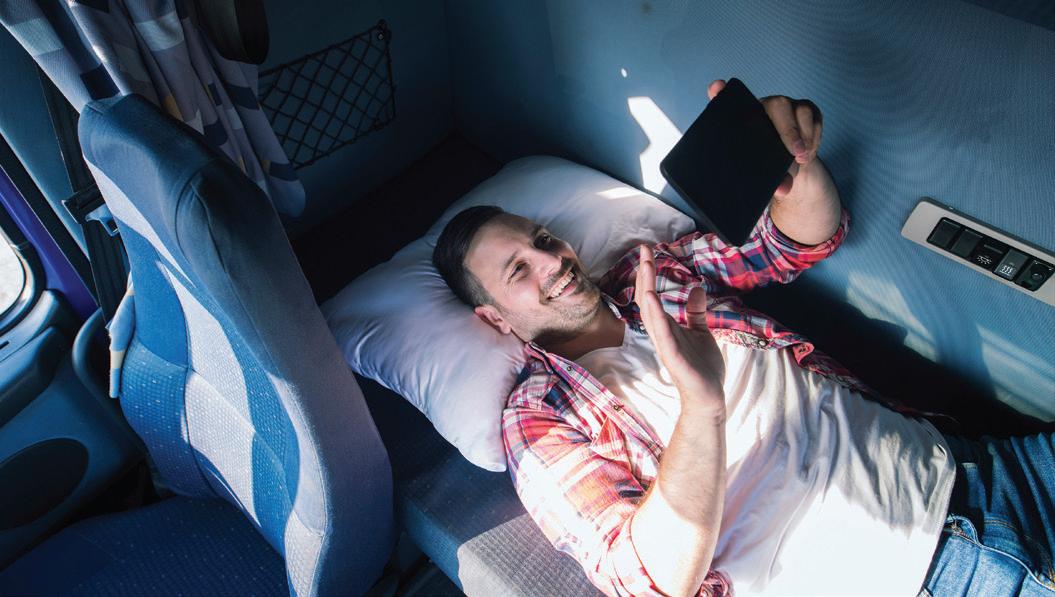
This is not limited to the time driving time behind the wheel or even engaged in other activities for the business. The regulation requires complete evidence of drivers’ entire calendars for the period, including daily rest, days off and sick leave.
TruTac claims DVSA has begun enforcing the regulations during
“We are exploring this technology to help keep Britain’s roads safe. It will mean we can identify many kinds of tachograph violations when travelling alongside vehicles, or from the roadside.”
It is understood that remote technology will be able to detect when a vehicle is in motion without a tachograph card inserted, whether the instrument is correctly calibrated and if it has been tampered with.
Trailer condition highlighted
Britain’s Traffic Commissioners are warning operators undertaking traction services to be aware that they are responsible for the condition of any trailer they may pull on public roads. Legally, the operator and the driver of the tractor unit are the ‘users’ of the trailer and therefore responsible for its safe condition.
roadside stops and when investigating operators. Traffic Commissioners are also reportedly scrutinising operators’ facilities to find out if they have systems in place to document drivers’ timetables in sufficient detail.
Managing Director Jemma James said: “Operators need to know about this regulation because we know the DVSA is actively enforcing it. However, there has been no publicity about it, so it is easy for even the most diligent commercial vehicle business to inadvertently contravene the rules.
“This regulation is a real headache for operators, and it’s worth remembering that it applies to any driver undertaking EU-regulated journeys – even an occasional agency driver.”
driving time behind the wheel
The rise in both internet shopping during Covid and unaccompanied import trailer traffic after Brexit means that many British operators are now picking up trailers whose owners are not UK O licence holders and may not ever have been inspected or tested to British standards.
To protect both their own driving licences and the operator’s O licence, drivers should be encouraged to make a thorough inspection of any third-party trailer as is possible and supported by their employers should they decide it is not in roadworthy condition.

The argument that ‘if I don’t take it, someone else will’ is unlikely to impress the courts or the Traffic Commissioner. •
Below: The operator and driver of the tractor unit are responsible for its safe condition
Gold accreditation helps Galaxy make savings
Galaxy Insulation & Dry Lining has saved 30,000 gallons of diesel and reduced CO2 emissions by 500 tonnes in a year, despite its fleet size increasing by 65% – and the firm puts this success down to becoming a FORS Gold accredited operator.

The company, which specialises in the supply and distribution of thermal, acoustic and other insulation and dry lining materials, reached FORS Gold accreditation in an impressively short 17 months, having embarked upon its journey with FORS
“The benefits even with FORS Bronze accreditation were immediate. We had taken back control of the business”
Bronze accreditation in December 2019 at its site in Uxbridge. By the following January, it had progressed to FORS Sliver. Then, in the summer of 2020, FORS Silver was achieved for the whole organisation under the Multi Operating Centre Accreditation (MOCA) at its 14 locations across the UK, before ramping up its efforts once more to gain FORS Gold in May 2021.
Galaxy’s 73-strong mixed-fleet is made up of 17 3.5-tonne vans, 53 26-tonners and three tractor units – including a recently delivered 44-tonne 6x2 Mercedes-Benz Actros with a trailer-mounted Moffat
forklift. The truck and trailer are decked in the company’s new ‘stars and solar system’ livery, which also promotes the Children’s Hospital Charity in Sheffield, for which Galaxy has already raised £20,000.
Further underlining its environmental credentials, Galaxy is the only carbon neutral company in its sector and is actively looking to introduce zero-emissions vehicles onto its road fleet. Galaxy already utilises 48 fully-electric forklifts throughout its network.
“The benefits even with FORS Bronze accreditation were almost immediate for us,” said Galaxy’s Group Logistics Manager, Wayne Allen. “We felt as though we had taken back control, pulling back central parts of the business that had fragmented. And, with more control, came a more efficient operation.” •
Below: Wayne Allen – more control and better efficiency
New directors for Parksafe
Parksafe Group has announced two newly-appointed company directors. Peter Oughton, Operations Director and Liam Barber, Sales and Marketing Director, will be working alongside Managing Director Mick Barber. Founded in 1997, The Parksafe Group works with the UK and Europe’s largest fleets, supplying and manufacturing a comprehensive range of vehicle safety equipment that has been designed to improve safety, increase efficiency and reduce costs. •
Tyre savings
MDSL Garages, the Volvo Trucks dealer for West Wales, is helping its clients to cut costs on tyres while also improving fuel economy. The company recently invested in the wheel alignment system Camaligner by Josam, after a demonstration by AES UK. Scott Davies, Director of MDSL Garages, said: “For years we relied on a sub-contractor to come in and carry out wheel alignments for us. However, as the business grew, it became increasingly challenging for him to manage a bigger workload, so we decided to purchase our own wheel alignment tool.” •
Fleetclear upgrade UK fleet technology and software solutions company Fleetclear has launched the latest version of its antiroll-away and driver ID solution for commercial vehicles. Designed to safeguard assets with authorised vehicle operation and protection
from roll-aways, the Fleetclear system features a CANBUS safety control unit that automatically locks the park brake as the driver exits the cab. The vehicle remains immobilised until an authorised driver has been identified, using either RFID or a covert actuator. • fleetclear.com
Immersive training Training provider Fleet Source is offering a fully immersive, virtual reality training experience which meets S5 Vulnerable Road User training requirements and is also driver CPC accredited. Covering urban, rural and motorway driving, it provides the different perspectives of a cyclist, pedestrian, inside a vehicle and even on a horse. FORS approved, the latest virtual reality technology places delegates in real-life road situations, enabling them to interact with their surroundings. • fleetsource.co.uk
Portakabin pushes for even higher standards
Cutting out false alerts
FORS Associate Fleet Focus has developed its own video platform, myfleetlive, to prevent false First Notification of Loss (FNOL) alerts. myfleetlive tackles the problem by using AI and computer vision to access each incident in milliseconds. It then removes g-force events caused by speed bumps, slammed doors and other erroneous events. This frees up valuable time for management to deal with genuine incidents quickly and take charge of associated claim costs and therefore keeping costs to a minimum.
The accuracy of the myfleetlive AI technology can be attributed to rigorous testing and fine tuning by assessing over 10,000,000 events in a broad range of environments, situations and drivers with differing driving styles.


The team at Fleet Focus continues to develop myfleetlive to improve the technology and ensure premium reliability, speed, accuracy and ease of use.
Modular building manufacturer Portakabin not only provides a safe and efficient service to its customers, but also now holds its suppliers to the same high standards.
That is why the firm has become the latest organisation to step up as a FORS Champion. The company’s goal is to ensure that all of its preferred suppliers are at least FORS Silver or FORS Gold accredited by the end of 2024.
Portakabin delivers interim and permanent bespoke buildings for a variety of applications, operating across the healthcare, education, transportation, manufacturing and construction sectors. Its distribution team has recently made great strides in improving internal safety and sustainability standards, but, as Distribution Manager, Gary Owen, explains, becoming a FORS Champion will help drive similar operational improvements across the company’s supply chains.
He said: “My role is to find ways of providing a safe
Above: Gary Owen – pushing up the standards
and efficient service to our customers, and that extends to the services provided across supply chains at Portakabin. Promoting FORS is a way of ensuring that consistency, holding our suppliers to the same high standards that we demand of ourselves.”
Subscribing to FORS’ ethos of continuous improvement and striving to achieve higher operational standards is a way for suppliers of Portakabin to protect their businesses.
myfleetlive is used on thousands of commercial vehicles across the UK, including Aggregates Industry, which now uses the system on all new HGVs in its ever-expanding fleet, to ensure increased safety and ease of video management.
Matt Avery, at Aggregates Industry, said: “Fleet Focus has worked with us to create innovative safety system solutions. We are updated regularly on new products and the performance of the existing safety systems. For aftersale service, it has proved to be very responsive.”
“The case for FORS couldn’t be clearer in today’s transport sector,” says Owen. “The safety and sustainability requirements of FORS Silver and FORS Gold are such that operators are compelled to raise the bar when it comes to driver training, efficiency, quality and best practice.”

“The case for FORS couldn’t be clearer in today’s transport sector”
Brigade’s Sidescan®Predict is the next generation of side-detection sensor system, designed for collision avoidance between vehicles, objects and vulnerable road users.
Brigade’s Sidescan®Predict is the next generation of side-detection sensor system, designed for collision avoidance between vehicles, objects and vulnerable road users.

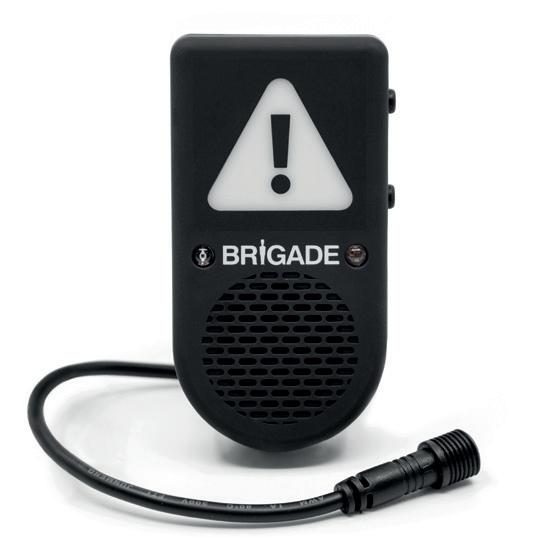
Utilising ultrasonic technology, this intelligent system predicts if a collision is likely to occur and alerts the driver by a visual and/or audible warning, depending on the severity of the calculation.
Utilising ultrasonic technology, this intelligent system predicts if a collision is likely to occur and alerts the driver by a visual and/or audible warning, depending on the severity of the calculation.
Sidescan®Predict
Sidescan®Predict
• Differentiates between stationary and moving objects
• Differentiates between stationary and moving objects
• Data such as vehicle speed, wheel position and the speed and direction of a VRU feeds an algorithm to calculate the risk of a collision
• Data such as vehicle speed, wheel position and the speed and direction of a VRU feeds an algorithm to calculate the risk of a collision
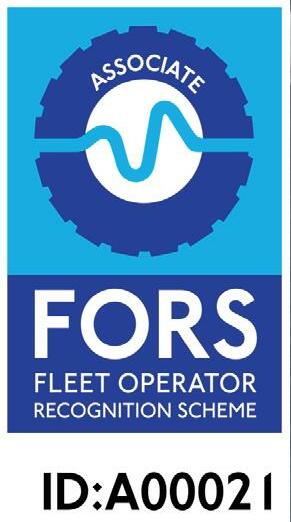
• System in constant operation below 20mph/32kmh, with or without the indicators activated
• System in constant operation below 20mph/32kmh, with or without the indicators activated

• Detection area extends up to 2.5m from side of vehicle
• Detection area extends up to 2.5m from side of vehicle
• Designed and developed by Brigade
• Designed and developed by Brigade
safer with us
FORS: THE NEXT GENERATION
All the details from the fifth annual FORS Conference
After an absence of almost three years due to the Covid pandemic, the FORS Annual Conference returned in July 2022 with a few changes. Not least was the venue –Manchester Central Convention Complex was chosen to host the event, reflecting the growing nationwide operator base of FORS – and the auditorium certainly provided a great backdrop to proceedings. The second substantial change was in personnel, as FORS is now under new management: Sopra Steria is the new scheme administrator.
The theme of the FORS Annual Conference 2022 centred on how FORS will work together with operators and specifiers towards a safe and sustainable future. Many of the presentations throughout the day reflected the theme, as well as offering advice, guidance and help on how to better manage fleets.
FORS update – change on the horizon
The first speaker to take to the stage was Ian Henderson, FORS Concession Director. He stressed that a simple value at the heart of FORS was to provide services that were fair and consistent, open and transparent, rewarding and valued, and simple and intuitive. The aim of Sopra Steria’s management for the coming year was to be trusted – and Henderson commented that he had been speaking with operators, suppliers and specifiers to understand their needs as they see them now, in both the mid term and into the long term.
Henderson told delegates that Sopra Steria recognised the challenges that were being faced in the industry, such as rising costs, environmental pressures and staff shortages. To ensure the
challenges are properly addressed, explained Henderson, the focus is on ‘Four Rs’: recruiting new FORS operators, recognising the number of companies specifying FORS, retaining operators and specifiers and re-engaging with industry stakeholders and dormant operators. The Sopra Steria vision, revealed Henderson, is for FORS to be recognised as a business enabler and the best in class in the UK and abroad.
Big project management
The topic of HS2 returned to the Conference, five years after it had featured on the agenda. This time, Andrew Rhodes, Head of Logistics at the organisation, took to the floor to explain the progress made and the impact the project has had on FORS operators. He said throughout his two years in the role, the approach had been to recognise the scale of HS2 not in terms of size, but how it would influence 40,000 logistics drivers who will visit the site during the project. Rhodes then explained the different phases of the project, before highlighting its strategic goals, such as being a catalyst for growth and providing value for money – and how they related to FORS and its vision.
Rhodes said HS2 needed the support from industry and organisations such as FORS to ensure those movements were as safe as they could be. Road risk mitigation was also covered by Rhodes, who explained HS2 had a commitment to not putting trucks on the road unless it had to and using rail wherever possible.
Gold accreditation goals
Wayne Allen, Northern Compliance Manager at Galaxy Insulation and Dry Lining, then took to the stage to tell the story of his
company’s rapid rise to FORS Gold.
Galaxy started looking into FORS in 2019 and gained Bronze accreditation that year. In 2020, it pushed for Silver, specifically for a single site it was operating in London. Not long after that, the decision was made to roll out the requirement for Silver accreditation across the whole fleet.
Allen said he knew there would be resistance – including staff believing that FORS accreditation was only something needed for London and the South East. However, he recalled how he had explained the business benefits of the scheme to help alleviate any fears or concerns staff might have. By the end of 2020, the company decided to push for Gold, a target that was achieved in the middle of the year, just 17 months after gaining Bronze accreditation. Allen said it had opened people’s eyes about how Gold status made it easier for the company to work towards becoming carbon neutral.
Safeguarding you and FORS Graham Holder, Quality Assurance and Compliance Manager at FORS, spoke about the new FORS Quality Assurance Guidance document which, in January 2022, replaced the Compliance and Enforcement Guidance document (introduced in 2017). He reassured the audience that the content of the document remained the same, but the terminology had been changed to reflect the importance of quality assurance throughout FORS.
Going further, Holder explained that the document was designed to help if there was an activity that required the quality assurance team to investigate a specific situation. He highlighted
quality assurance triggers, such as the traffic commissioner’s applications and decisions (As and Ds) as well as Work Related Road Risk (WRRR) and gate checks. Holder also mentioned the role of the Police Commercial Vehicle units and said FORS had engaged with two authorities about the roadside checks carried out by the units.
From the House to haulage
Former MP and Minister for Transport, Steven Norris, was one of the highlights of the FORS Conference. He spoke about both his time in Westminster and his vision for the future of haulage in the UK. Reflecting on his post in John Major’s government, Norris explained that the Department for Transport was a wonderful place to work, with the ability to do and change things that really make a difference.
Norris’ CV also has director general of the Road Haulage Association and board
member at Transport for London on it and he said his time in government and TfL enabled him to have ‘a continuous hand on the development of FORS from 1992 until 2016’. He said he was pleased to see how the scheme had grown but warned there were tough times ahead. Addressing the green agenda and the targets that have been set for UK emissions reduction, Norris said he would not be surprised if the 2040 deadline for ceasing use of any new internal combustion engine HGVs was extended.
Drivetech details
Addressing a growing issue in many industries, including transport, Charlie Norman, Managing Director of Drivetech, talked about employee wellbeing. He described wellbeing as answering the question ‘Are you OK? or ‘How are you feeling?’ Norman acknowledged there were elements that covered employee
a
The theme of the conference centred on how FORS will work together with operators and specifiers towards a safe and sustainable future

FORS is determined to reach out to van operators to improve training and skills


wellbeing in the FORS Standard but urged the audience to step up and put more energy into looking after staff. According to NHS statistics, he said, in 2021 1.49 million people got into contact with the service’s mental health department. In addition, he told the audience that over the last two years, according to the Office of National Statistics, life satisfaction had decreased and anxiety had increased (ONS, 2021).
He acknowledged, as people spend a great deal of time at work, it was important to have the right working conditions and support system in place to contribute to people’s wellness. Norman said for those suffering or experiencing wellbeing or mental health issues, the expectation from employees of their employers has been increasing.
FORS Standard update
One of the most important presentations of the day saw details of Version 6 of the FORS Standard being explained. First up in this two-hander was Helen Bonner, who works for Steer – the organisation that is custodian of the FORS Standard and the FORS Governance & Standards function. She forms part of the team
responsible for devising the final approvals of Version 6 and she started by reminding the audience that the new Standard was implemented at the beginning of July, having been published in October 2021. The relatively long lead time was provided to give FORS operators a chance to deal with the changes at the end of what has been a challenging time.
She assured those gathered that the timescales involved were not a reflection of the number or size of changes from Version 5. In fact, she revealed, the alterations were smaller in number and less significant to Version 5, which, itself, was considered a huge revision from Version 4. Taking over from Bonner was Graham Holder, making his second appearance of the day on stage. He advised all the Version 6 changes – regardless of size – were detailed in Annex 6 of the new Standard document and encouraged people to read that part of the document.
GSAG under the microscope
There was more from the FORS Governance and Standards Advisory Group (GSAG), courtesy of a panel discussion chaired by Steve Agg, the
a
Above left: Ian Henderson explained the values of being FORS accredited
Above right: Andrew Rhodes outlined the progress of HS2

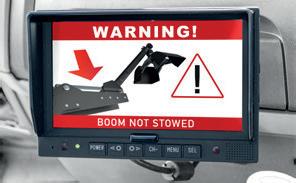


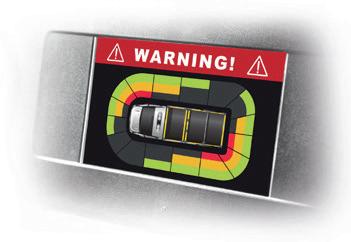

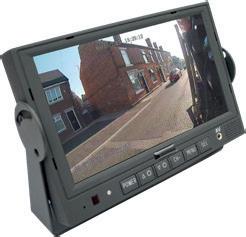











group’s Chair. First, he introduced John Bourn, Senior Partnerships and Policy Officer at Transport North East, who explained his region was the first outside London to liaise with FORS in 2012 and confirmed that a number of documents would be published over the next year that will look at the current state of freight in the region.

Next up was O’Donovan Waste Disposal’s Managing Director Jacqueline O’Donovan and she started her presentation by reinforcing the importance of education. Thrust into her current role at 19, she quickly realised she needed to acquire the right qualifications to get on in the transport sector.
She told the audience FORS was a great initiative to help clean up the industry and she is a proud FORS Practitioner.
The final speaker was Gordon Sutherland, Traffic and Road Logistics Manager at Tideway, who made a welcome return to the FORS Conference. In 2017, he presented the latest developments with the Tideway Tunnel – a 25km-long and 7.5m-wide route under London. In total, there would be more than 300,000 vehicle movements throughout the duration of the job. However, this figure had been minimised as the close proximity of the River Thames had enabled 700,000 vehicle movements to be made by water.

In conclusion
Bringing the official proceedings to a close, Mark Oldfield, head of transport at Sopra Steria – and the senior responsible officer for FORS – told delegates he and his team recognised that fleet was not a ‘one size fits all’ business and that Sopra Steria wanted to be at the heart of the FORS community. He confirmed FORS was listening and learning to ensure that FORS will be fit for purpose and aligned to the needs of operators and specifiers.
Away from HGVs, he confirmed Sopra Steria was determined to reach out to van operators to improve training and skills. Oldfield cited the FORS Driver Handbook, which contained the latest information to help drivers drive legally, safely and efficiently – saying it was a document that would benefit the whole industry, not just HGV drivers and operators. Oldfield also announced Sopra Steria’s priority of supporting the industry with the wider market changing requirements such as the Government carbon reduction targets and the increase of Clean Air and Ultra Low Emission Zones. ■

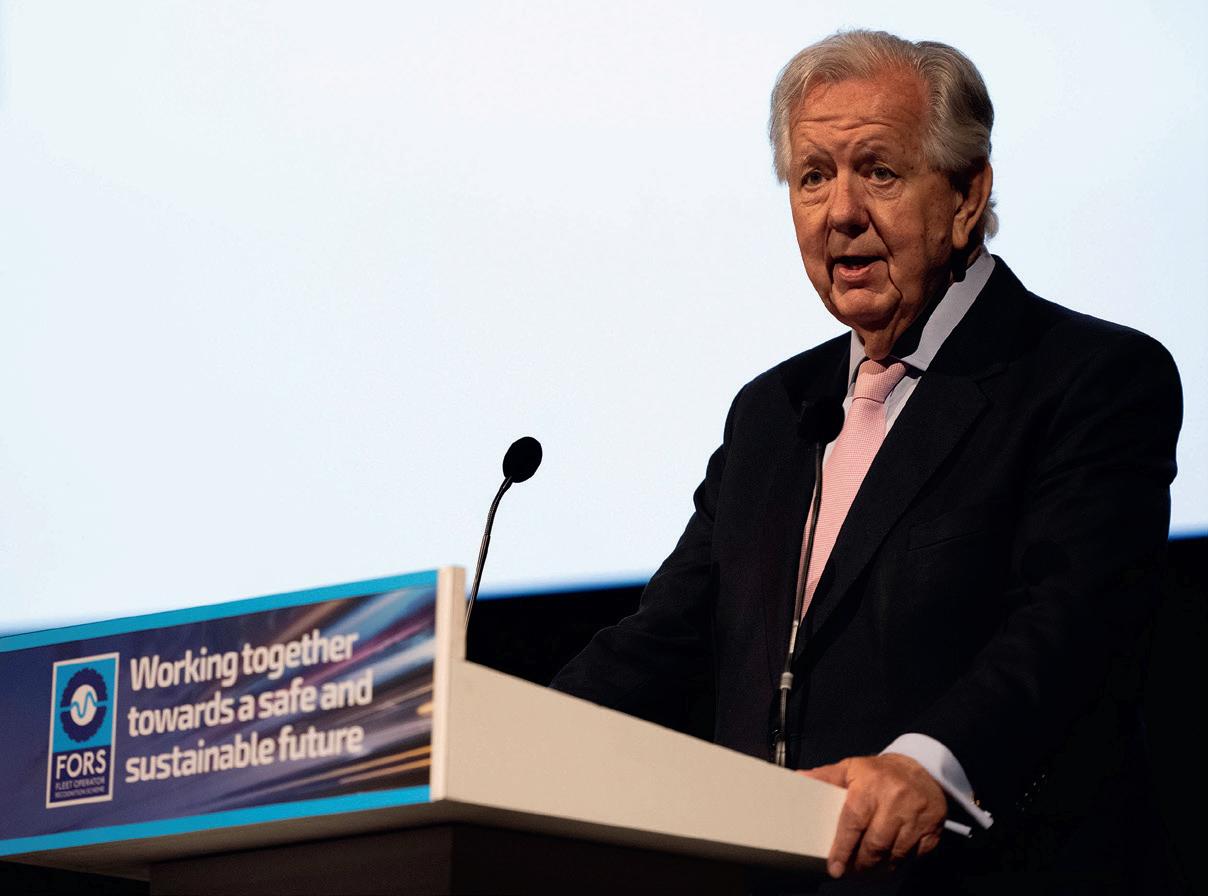
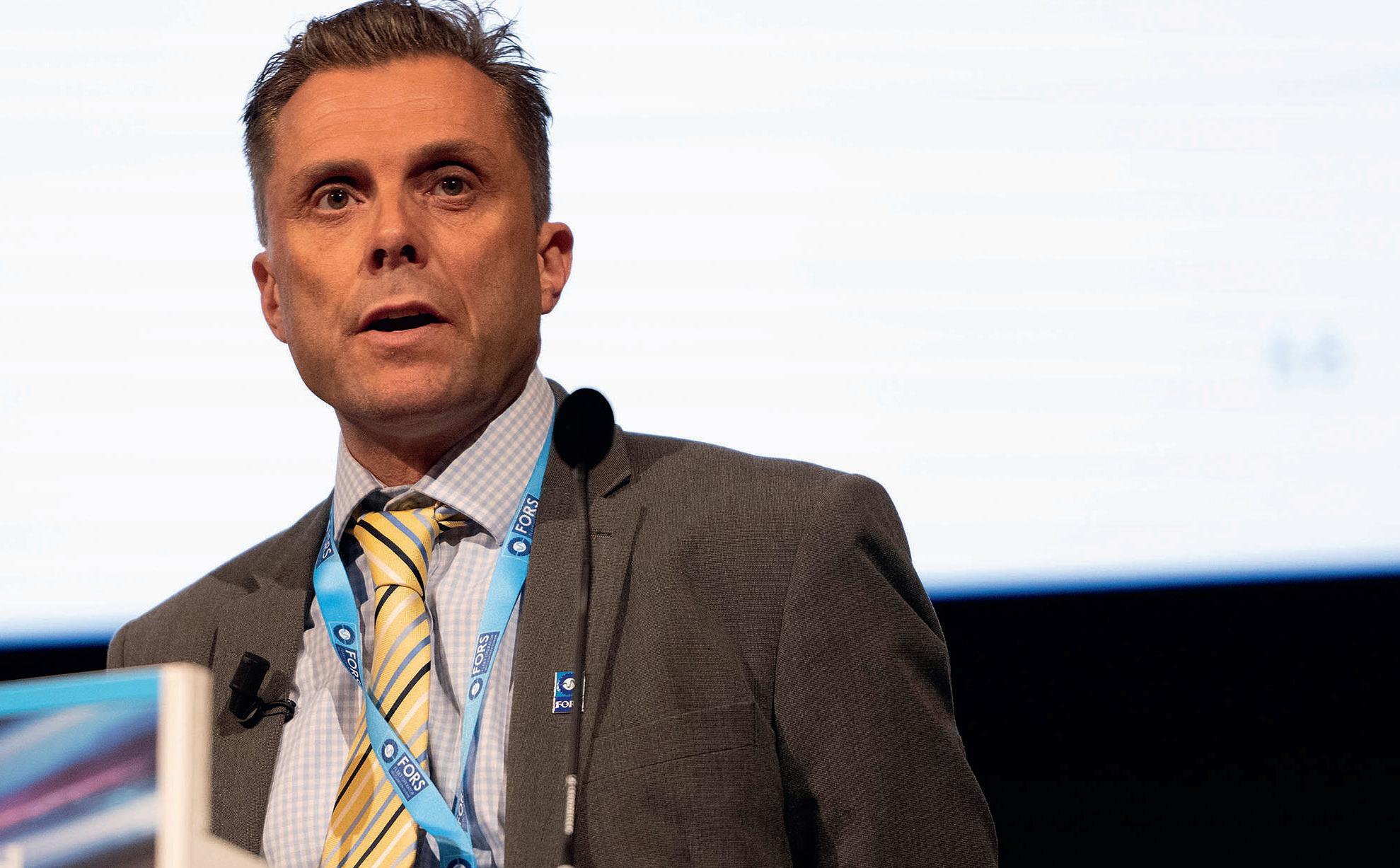



McCANN TURNS GOLD TO GREEN ADVANTAGE
UK infrastructure specialist McCann has found FORS accreditation to be a valuable business essential. However its benefits to the business do not end there, with a number of environmental advantages resulting from it as well
FORS accreditation is one of the biggest factors that enable us to be a major player in the civil engineering and infrastructure sector, says Paul King, Fleet and Plant Manager at McCann.
Now owned by the second-generation of the McCann family and with over 50 years of expertise under its belt, the company is a Tier Two operator within infrastructure provision, meaning it is contracted by names such as
Balfour Beatty and Highways England to support major highways and civil engineering projects.
“Our specialities include installing lighting, signage, smart motorway technology, full fibre networks and all associated civil engineering,” King explains.
“FORS accreditation is a prerequisite for consideration when we tender for these projects, so it’s an essential accreditation for the business as it looks
Below: Changing the lightbulbs at Buckingham Palace is all in a day’s work for FORS Gold operator McCann

Above:
McCann’s heavy truck fleet is dominated by DAF and Volvo 32-tonne tippergrabs
Below:
to continue to grow and evolve the scope of projects it works across.”
The company began its FORS journey in 2015 when it gained Bronze accreditation. It soon became apparent, however, that FORS Silver would be the minimum standard for this industrial sector, so King was brought on board in 2017 and was set the target of becoming a FORS Practitioner himself while gaining the business Silver accreditation within six months.
McCann – modernising the fleet and upskilling staff.

“Training within a company like ours is always going to be a challenge,” he said. “We work on projects nationwide and most of our drivers and operators have specialist skills. It’s not like you can employ someone from an agency to drive a vehicle while you train your own staff.
“So, it requires planning to make sure you can get the right people in the right place at the right time. But training was one of the cornerstones of getting from the FORS Bronze to the Silver accreditation.”
And King faced a similar challenge when modernising the fleet.
“We have 135 registered commercial vehicles across both vans and trucks. The fleet I inherited needed modernising. It wasn’t Euro VI at the time and one of the challenges you face when improving your organisation in order to achieve Gold is having as green a fleet as possible.
“Today, every truck meets the latest Euro VI standard, every van meets Euro 6 standards, all of our plant is Emissions Tier 5 and every car is, at minimum, a plug-in hybrid or fully electric. That’s 385 vehicles in total. We’re now at the stage where we’re riding the green technology wave rather than catching up, which I am very proud of.”
“I went on a lot of courses, qualified as a FORS Practitioner and we achieved Silver level before the end of 2018 – a terrific result! Then, in the first half of this year, we achieved Gold. A real collective achievement.”
King goes on to emphasise that FORS accreditation is about much more than legal compliance. It was also an important commercial decision for McCann.
King said: “It’s not just about being legally compliant. That’s covered by our O licence, for which I’m the named transport manager, and we also have a green operator recognition score from DVSA.
“What having a FORS accreditation really does is bring everything together. The Gold standard says we are as good as we can be, not just legally, but also when it comes to areas such as training and the environment.
“It proves what you can do and you can’t secure works on major projects such as HS2 without it.”
Focus on upgrades
King has focused his time and energy on two important areas since joining
King enlisted the help of specialist contract hire firm MV Commercial when modernising the fleet and is pleased with the results of the partnership.
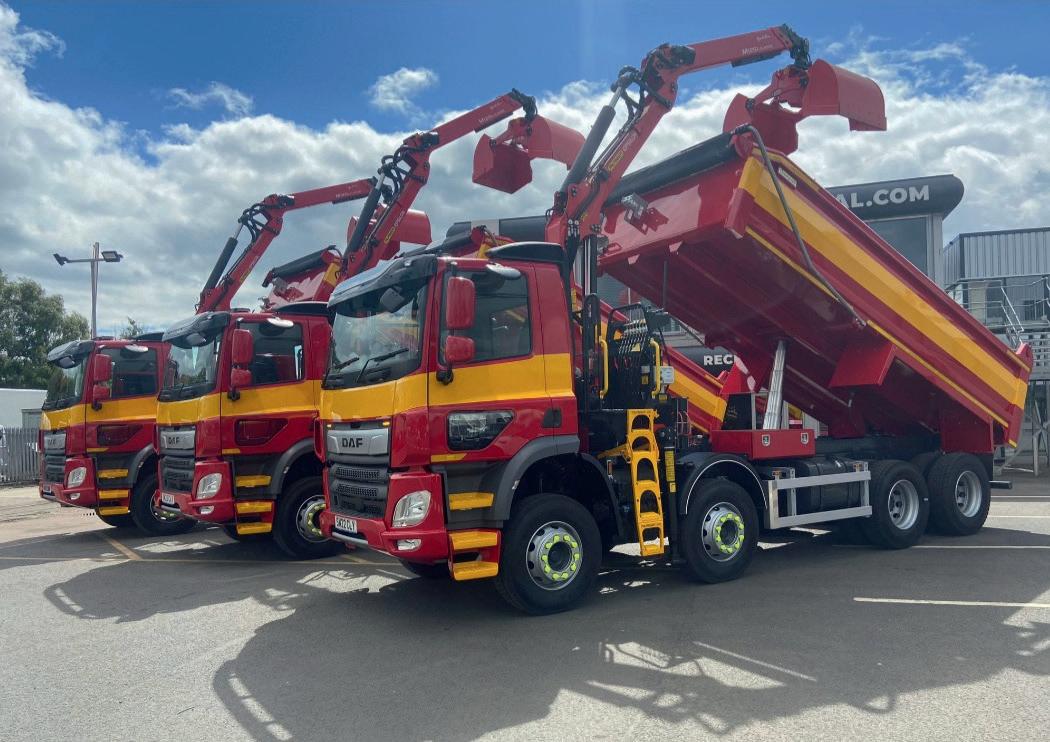
“Our heavy fleet consists entirely of rigid 32-tonne vehicles with specialist bodywork including tipper-grabs, HiAbs for overhead work and beavertails for plant transport. Manufacturers do not build these vehicles for stock, even in normal times.
“Fortunately, MV can order chassis in bulk from our manufacturers of choice –mostly DAF and Volvo. MV then sources and fits the bodywork and equipment to our specification, including the necessary safety systems required for FORS Gold.”
McCann’s drivers also require a number of qualifications in order to operate this ever-expanding fleet, including Driver CPC and a lorry-crane certification in addition to the necessary FORS Gold requirements. Fortunately, some FORS modules such as Safe Urban Driving can also be counted towards the Driver CPC requirement for periodic training.
Paul King is qualified as a FORS Practitioner a
“The team is becoming accustomed to the idea that training and development is a continual process and it can cover
anything from manual handling to first aid.”





















































Strong record
Is it difficult to retain staff once trained, particularly in the light of the driver shortage?
“We have a strong driver retention record,” says King. “In part, this is because we’re not a faceless multinational. Our MD John McCann, son of founder McCann Senior, knows the name of each and every one of our 400 staff and will happily talk to any of them. There is a nice feeling around the company at the moment that it is big enough to cope and small enough to care. And we do – for instance, I’m a qualified mental health first-aider.
“Retention is also helped by the fact that the business pays people well, but it’s not all about money. I’ve worked for agencies where drivers would change jobs for 50 pence an hour extra, but drivers value the security that comes with working for McCann. They know they will be looked after – and that means a lot to them. We’re a business that cares.
“Driving on our projects is not easy when you compare it to motorway trunking for example, but variety keeps people engaged and enjoying what they do. And working in our industry means that no two days will ever be the same. This alone attracts a certain type of driver.”
Having upgraded the fleet to the latest standards, King is now drawing breath and considering what the next move will be.
“What do we buy next, what will we need? Will it be appropriate for our needs when it arrives? The latest tipper-grabs we ordered in March 2021 are only just arriving now, so we always have to think long term.
Next steps
“The obvious next step is some kind of electric-hybrid or electric truck, but when can we buy it and will it be suitable in a construction environment?
“We’ve made great progress electrifying our car fleet. The biggest challenge is charging the vehicles, which is easy for managers’ cars because they can charge them at the office or at home. But with vans and HGVs, where do we charge them and when?
“These vehicles could be working anywhere in the country and currently there is nowhere to charge them. The public vehicle charging infrastructure has its flaws at the moment. It’s not the same as general haulage where
you can place electric trucks onto predictable routes and install chargers at depots where there will be a scheduled opportunity to use them. Our vehicles work nationwide, so an open nationwide charging network is a prerequisite.
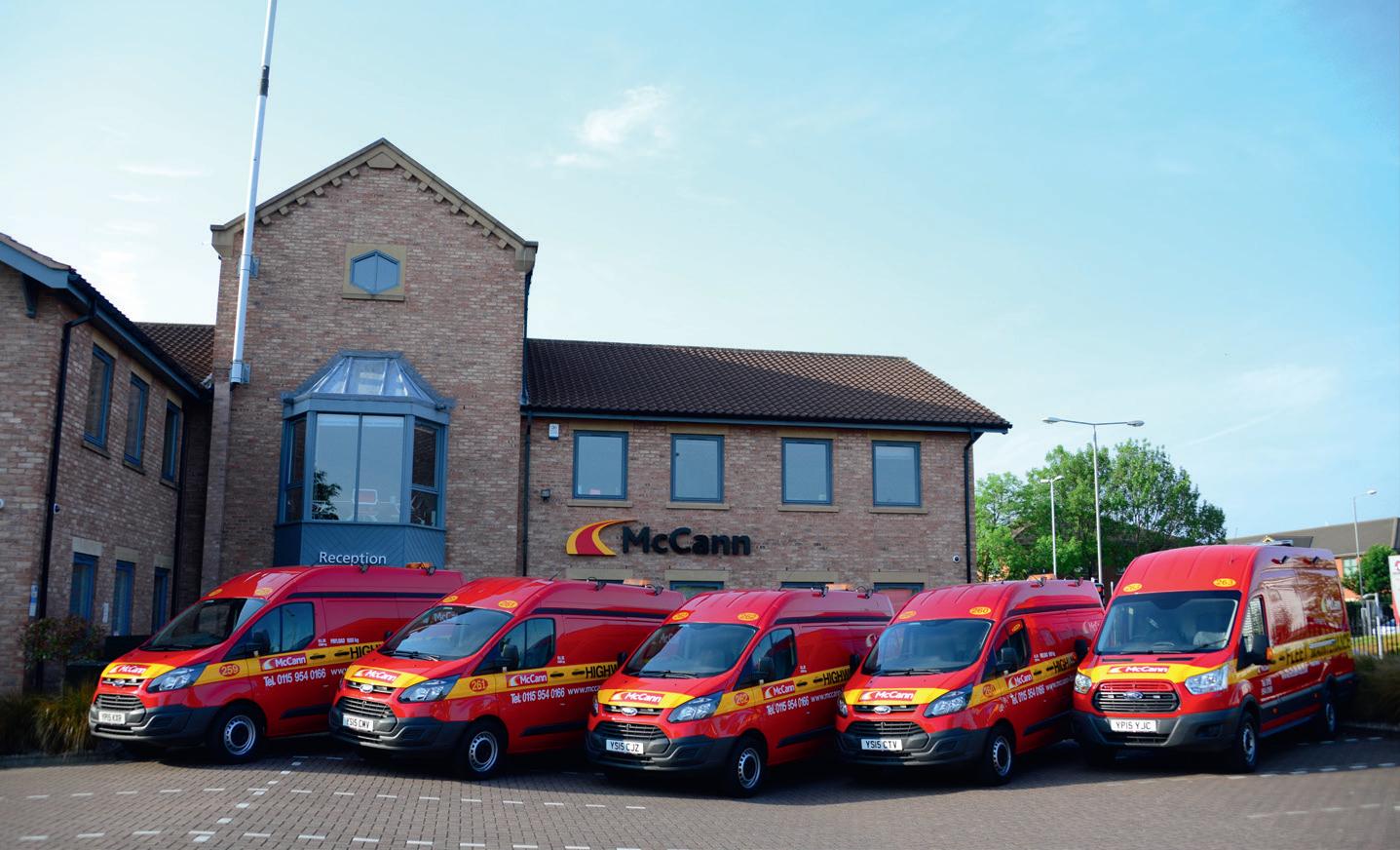

“The economic case has been made for electric cars as the increased front-end cost is compensated for by the reduced operating cost. But that’s not yet the case for vans, let alone heavy goods vehicles. The fact is that the current electric trucks cost a lot more, carry less and can only travel 200 miles before they need charging. And there’s nowhere to charge them.
“It’s disappointing. We currently have the greenest fleet we can operate, but there are still environmental issues. We’ve looked at switching from white diesel to HVO, which we could use in our current fleet, but there’s an infrastructure hurdle that comes with such a switch. Where would we fill up? It’s not currently sold on forecourts.
“We could bulk buy it and store it on-site, but this creates environmental impacts when we move the bowsers. HVO is also more expensive than standard diesel, but if we could, we’d use it. Unfortunately it’s a lack of infrastructure that’s holding McCann and many others, back on their green journey.
“The infrastructure projects we’re now working on should, in an ideal world, incorporate adequate charging points and infrastructure, but it’s not necessarily something that businesses can achieve on their own. It needs Government support and action to enforce it.
“I can see our fleet remaining as it is in terms of new innovations until 2024. At that point, we can then explore electric vans and trucks again as well as perhaps newer technologies such as hydrogen.
But we’ve come a long way already as a business. I’m proud of the progress we continue to make in partnership with reputable organisations such as FORS that continue to set high standards for our industry to meet – which can only benefit all of us in the long-term.”
What having a FORS accreditation does is bring everything together. The Gold standard says we are as good as we can be







Below: The van fleet remains 100% dieselpowered because of concerns over range and recharging

























































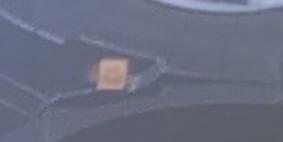










































































































































































































































































































































































































































































































































































































































































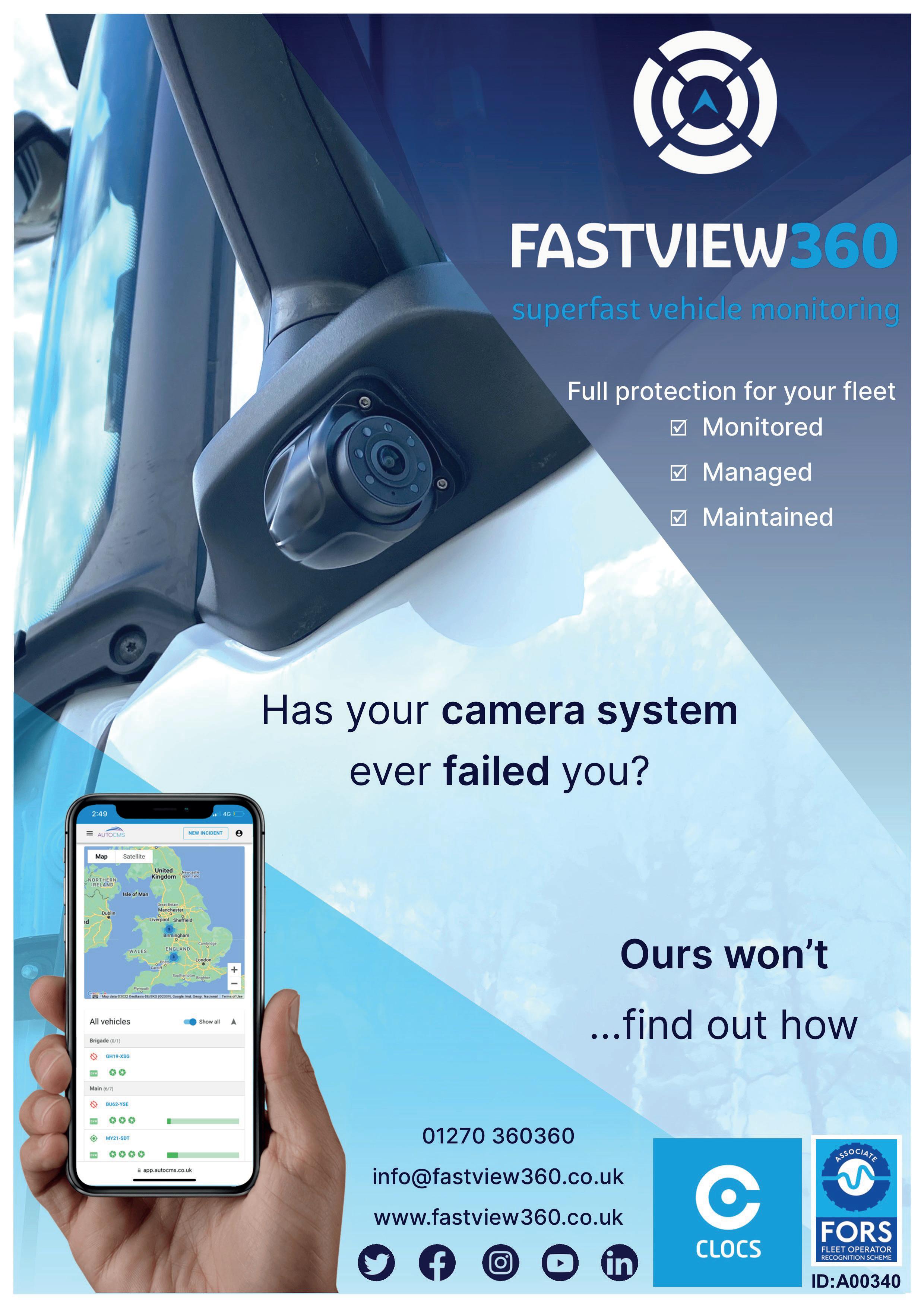

RED TURNS GREEN FOR REFRIGERATED TRUCKS
Fridges powered by donkey engines have been the mainstay of temperature-controlled road transport since its inception, but alternative power sources are now coming to the fore. Here we explain why – and what’s available

Last April saw the UK Government ban the use of duty-rebated ‘red’ diesel/gasoil in almost every application except agriculture. For the cold-chain sector, this accelerated a transition away from independently powered refrigeration that was already being driven by concerns about noise and emissions from small diesel engines. Several doubtful myths had been allowed to take hold – one being that such engines had unregulated emissions and another that they were in constant operation. But the phaseout of red diesel provided a compelling
argument for the development of alternative power sources.
Broadly speaking, there are three means of powering mobile refrigeration: eutectic, kinetic and parasitic. The first uses ‘cold’ created off the vehicle, then stored and released on it. The second uses the motion of the vehicle, particularly in over-run, to charge a battery to power the fridge and the third uses the truck’s engine itself,
Below: The Thermo King/BPW system is unique in having two axle-mounted generators
imposing a small additional load but with only marginal increases in fuel consumption and emissions. Each has its own advantages and disadvantages. We’ll look at examples of each and their application in the heavy transport market, together with what the future might hold.
Eutectics
Carrier Transicold’s VATNA is a eutectic system. Plates containing R404A refrigerant gas are cooled at night using off-peak electricity to compress and as the gas expands, their cooling is used to preserve loads at below freezing during the day. It’s cheap, simple and efficient but lacks the controllability and endurance of more sophisticated systems.
Cryotrucks uses liquid nitrogen produced from the atmosphere as a by-product of industrial oxygen manufacture carried in a tank on the vehicle. This is released into an evaporator where it absorbs heat from the load compartment before being returned to the outside atmosphere. Units weigh from 175 to 250 kg and have outputs from 7,000 to 1,800 W. Nitrogen tanks with volumes from 420 to 990 litres and weights from 210 to 320 kg must be added to the equation. The units will last from one to three
days on a single fill and can support up to 20 door openings a day. Unopened, temperature can be maintained for up to a week. Cryotrucks claims temperature pull-downs to –20C can be twice as fast as conventional systems.
The expansion of warming liquid nitrogen can also used to power a conventional reciprocating engine in place of a diesel, with the added bonus that the resultant non-toxic exhaust gas can also be used to cool the load in the manner of the Cryotrucks product.
This concept was pioneered by the now-defunct Dearman Engine Company, but is still being developed by Clean Cold Power UK Ltd, based, as Dearman was, in Croydon.
Kinetics
Here the motion of the vehicle, particularly under braking, is used to power a generator that charges a battery that powers the fridge. It’s a sector that has seen a tremendous amount of development in recent years, but the first unit, using an SAF axle with generator incorporated to power a Carrier Transcold fridge, was actually shown 10 years ago.
Improvements in battery technology, driven by developments for batteryelectric vehicles, are making this technology increasingly attractive.

Schmitz Cargobull, which is unique as a trailer-maker for manufacturing its own axles and refrigeration units, now offers an in-house kinetic solution.
Control electronics occupy the space taken by the engine on a conventional unit, the battery takes the place of the fuel-tank between the landing legs and a wheel-driven generator is installed on the left-hand side of the trailer’s middle axle. This is carefully controlled to minimise parasitic drag: for instance, it automatically deactivates when the truck is pulling away and activates when the truck is in over-run condition and there is capacity in the battery to take the charge, or at speeds of over 70 km/h where rolling resistance is less significant than aerodynamic drag.
The battery can also be charged via a conventional ‘shore-power’ link at the depot and can provide four to five hours of refrigeration unsupported by the onboard generator.
Operational trials with a German supermarket indicate a fuel penalty for the tractor unit of one litre/100km, but a saving of two litres over the same distance from the fridge. The weight
penalty is only 80kg over a conventional trailer with a full fuel tank, but the upfront cost premium is €35,000.
Other fridge and axle manufacturers have co-operated to produce similar solutions, including BPW/ThermoKing and Valx/Carrier: both of which displayed at the CV Show in Birmingham this year. The BPW axle is unique in having regen units operating on each wheel-end of the axle to give symmetric retardation. Standard trailer tyres are specified.
Parasitic
With the end of the red diesel rebate, using the truck’s own engine to power the fridge starts to make sense from an economic as well as environmental viewpoint. Most truck engines produce a surplus of power that can be diverted to drive a generator most of the time and their emissions-control systems operate better the harder the engine is working.
Carrier offers an Eco-Drive power module powered from the truck’s PTO and featuring a hydraulically driven generator which in turn powers the fridge, with output independent of engine speed.

Hultsteins claims users of its PTOdriven Ecofridge can save around 2,520 litres of diesel a year against a conventionally driven fridge. Ecofridge units can be installed between the cab and body, under the chassis, or in the conventional position on the front wall of the body above the cab.
Operators looking to ‘green’ an existing fleet of fridge trailers and future-proof their tractor fleets can fit Hultstien’s Ecogen system.
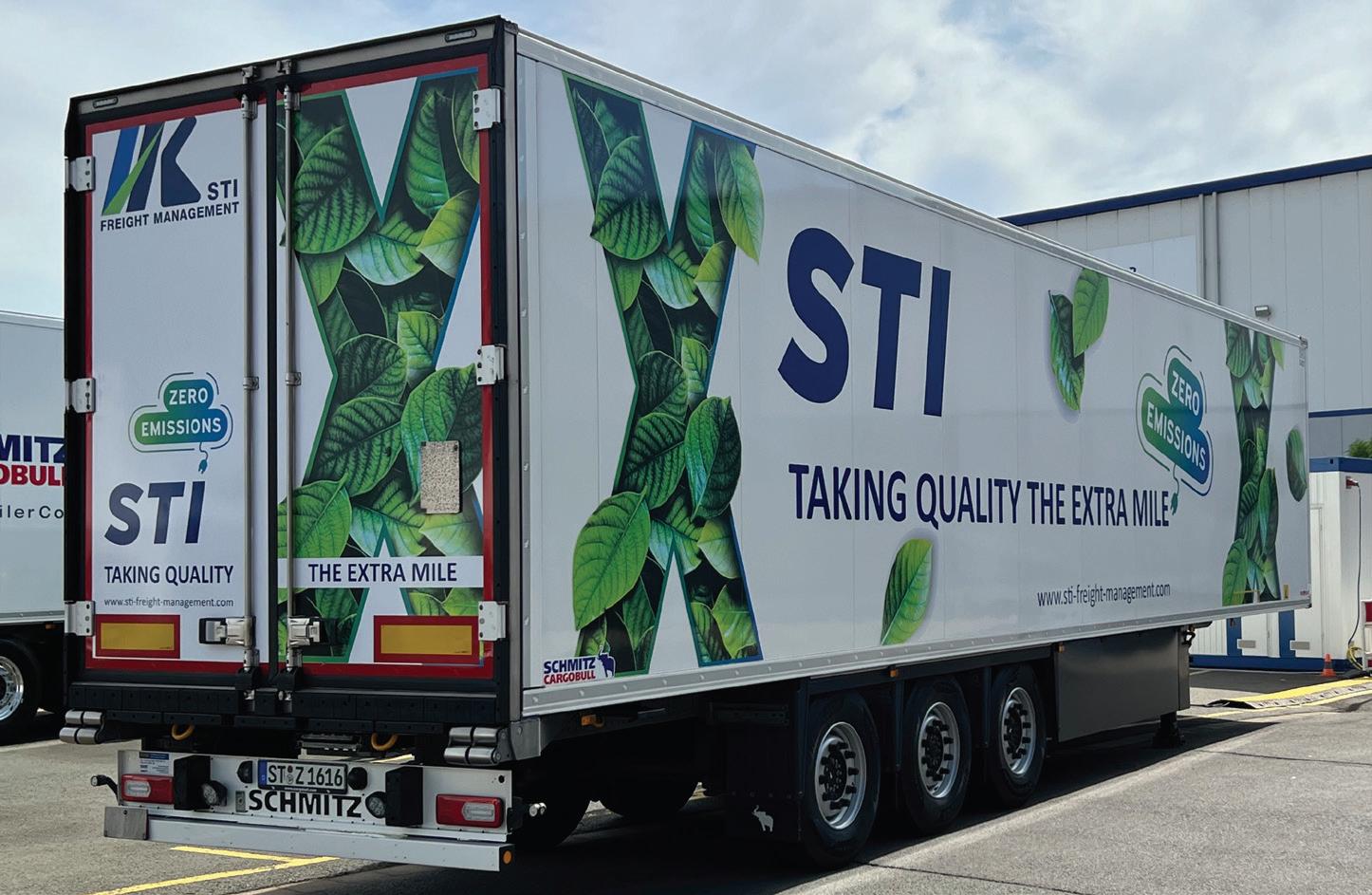
This can be installed on any tractor with a PTO on the back of the engine
and generates a 400-volt, three-phase supply that can be fed to any compatible trailer fridge unit to eliminate donkey engine running time while the tractor engine is running. Renault, Scania and Volvo trucks have a suitable DIN port for a PTO as a factory-fitment on their engines and other makes can be equipped with one as either a line-fit option on a new truck or retro-fitted to existing vehicles.
As an alternative to a PTO, ThermoKing can offer a hybrid solution, with an additional, liquid-cooled, FrigoBlock alternator mounted on the front of the truck engine to power the fridge through an inverter as an alternative to running the fridge’s own engine. An additional bracket to support the belt-driven alternator needs to be installed on the front of the engine and space found for installation of the inverter.
Above: Schmitz Cargobull claims net savings of one litre per 100 km from its kinetic system
Future challenges
The introduction of battery-electric trucks presents opportunities and challenges for the refrigeration industry. Providing a so-called ePTO powered by the electric truck’s traction batteries is an obvious solution and ZF already offers a suitable product, but it may compromise range too much for some operations. Much depends on the journey profile: if there is plenty of opportunity for the truck to replenish its batteries – either by recharging at loading/unloading points during the journey or by running downhill in the latter part of the trip – then range may remain acceptable.
Long term, hydrogen will probably be an increasingly viable alternative to battery electrics in the heavy truck sector. At the recent IAA Show, Carrier displayed a concept fridge unit powered by a hydrogen fuel cell.
The complete system uses a Bosch fuel cell to convert hydrogen into electricity to power a Vector e-Drive fridge and it could run from the hydrogen carried on either a fuel cell or hydrogen combustion engine powered truck. The fuel cell is only one tenth the size of a typical truck fuel cell and the entire system can be contained in a package of comparable size to one of today’s dieselelectric fridges.
■
Left: Carrier Eco-Drive hydraulic generator runs off the truck’s PTO
‘JUST’ A BRAKE TEST REPORT
brake
vehicle
Reading brake test reports should be a key part of your maintenance system. This means you need to know what they mean. Poorly maintained brakes may result in the loss of control of a vehicle, which could obviously have terrible consequences.

In the case where your vehicle has passed the test, the results can be an early warning system. There may be things you can do to identify items that are getting worse and need dealing with before they fail. Richard Clements, Vehicle Policy Specialist from the DVSA, shared some top tips in the DVSA’s Moving On blog in February 2022, which we discuss here:
A mine of information
A brake test report is actually a mine of information. It can tell you if various overall efficiencies such as that for service, secondary and park have been met. The report can also identify individual braking aspects where extra action is needed to avoid further problems that could result in brake failure. Some of the things that Clements mentions are: bind, time lag, ovality, imbalance and maximum force and vehicle details and weight imposed on
each axle is shown on each report too. He poses the question: “If a report shows a brake balance across an axle only just passes, what would you do? Would you know how to find out what was causing the problem? You should file the report as a part of your maintenance system and any investigation or repairs should be recorded.”
Obviously, brakes are one the most important safety systems in your vehicles and should be a key part of the maintenance system. The braking performance needs checking at every safety inspection. This means they must be monitored and correctly maintained to optimise their efficiency.
A pass isn’t the end of the story
Interestingly, Clements makes the point that even if the brake test shows a pass, you need to look at it to identify items that may be getting worse and need dealing with before they let you down. He suggests reviewing every brake test report and carrying out any investigation or repair work as necessary. Make sure the work is done correctly and recorded in the maintenance file. It should also be made available at the next inspection, so the technician can refer to it to check to see if has deteriorated.
Key headlines
The ‘other key headlines’ section shows the way in which your fleet is maintained and how your business is conducted.
Clements suggests some key things you should be reviewing when you get your brake test reports.
This list isn’t exhaustive but offers a helpful starting point:
• Are the figures in the report as high as expected? Compare them with sister trucks and/or trailers in the fleet
• Is one vehicle performing differently from a sister vehicle in your fleet?
• Were the vehicles loaded in a similar way and tested in the same manner?
• Does the vehicle have the same type of brakes, is it maintained differently or at another location?
• Are there any differences that could be a cause for investigation? If so, record your investigation and any repairs made
• Are drivers reporting any braking issues, or were any common faults identified and subsequently repaired by the maintenance provider(s)?
COURIER FLEET SAVES £30,000 BY USINGABAX TELEMATICS
AGlasgow-based courier has saved £30,000 in insurance costs and improved its customer service with the help of telematics specialist ABAX.
Prime Parcel Services (PPS) provides a parcel delivery service and needed greater visibility across its fleet. Following business expansion, the fleet had grown to 34 vehicles, delivering to hundreds of customers every day, UKwide, and required accurate location data to maintain customer service levels.
PPS was introduced to ABAX through its insurance partner Zego – the two specialists first discussed a collaboration in 2020 to deliver data-led insurance and have since rolled out their work further in Europe. Once introduced to ABAX via Zego, PPS soon discovered the telematics technology was perfectly aligned with the needs of its business.
“Since installing ABAX, we have complete visibility over the fleet and can quickly respond and react to any issues that may arise, providing far better customer service,” said a spokesperson.
The live location data, in particular, has proved vital.
Being able to track exactly where parcels are through the live location map means PPS can offer a more transparent and reliable service.
Drivers also benefit from the system through uninterrupted days. The customer service team can access their location without any input from drivers, meaning no pulling over to take calls mid-delivery.

“Being able to respond to customers
It’s also generated significant cost savings – PPS has been able to save £30,000 annually thanks to the work by ABAX and Zego on data-led insurance. The mileage-based pricing means that PPS never pays more than the minimum base rate when the fleet is off the road, while the ABAX tracker accurately records the mileage alongside real-time data.
“I would always recommend ABAX to other people – the impact on the business from the real-time map alone has been huge,” added the spokesperson.
It’s the latest work by ABAX to help fleets cut costs and drive efficiency – as recognised in its commendation in the 2022 Great British Fleet Awards run by Fleet World magazine. Its collaboration with Zego on data-led insurance means that customers can see in the dashboard exactly how much their fleet is used and save up to 80% when their fleet is off road.
quickly and having a complete overview of our business now means we would never go back to not having a system. ABAX is a must,” added the spokesperson.
Alongside its vehicle tracking capabilities, the technology offers other benefits, including HMRCcompliant mileage claims, insights into driving behaviour and effective fleet management. The solution enables business owners and fleet managers to identify and manage any risks based on monitoring vehicle location, reducing fuel waste and maintenance costs, time management and driver behaviour – all of which can help to improve efficiency.
ABAX telematics units are selfinstallable, provide HMRC-compliant data and offer live-tracking solutions, all allowing businesses to access actionable location and usage data on all assets – and via one easy-touse interface. Grey, large and small fleets can all be tracked in an efficient and cost-effective manner, while also providing vital reporting data on demand.
The
Since installing ABAX, we have complete visibility over the fleet and can quickly respond and react to any issues that may arise
Below: This van may be safe from prosecution but in Britain, every smart motorway has a weigh-in-motion system installed
HEAVYWEIGHT HORROR STORIES FROM THE ROADSIDE
Richard Drinkwater, of SV Tech, reveals that some van users are simply beyond help when it comes to overloading
At SvTech, we are constantly dealing with overloading issues across a wide range of vehicles, from motorhomes and 4x4s to vans, minibuses and horseboxes, some more drastic than others.

So it is with great interest that I regularly read the various tweets published by the DVLA, DVSA and highway police and then endeavour to help the offending parties if at all possible. However, some are beyond help – and it is these stories I like to relate.
On July 28, Bristol Magistrates Court fined an operator £9,270 and the driver £998.60 for running an overloaded 3,500kg van. A massive fine for a massive overload – the van weighed 5,260kg (which is a 51% overload) and
and prosecuted.
It is not just the gross vehicle weights (GVWs) that are being overloaded but the gross train weights as well. In early August, a van rated at 3,500kg was weighed off at 6,010kg, a staggering 71% overload, with a rear axle overload of 76%. The total weight came in at 8,530kg, 55% overloaded. In addition, the driver had no tachograph fitted.
Sadly, there is no uprating solution available for this van, so the only thing for the operator would be to get an HGV and an Operator’s Licence.
To top it off, the final mention has to go to the owner of a Mercedes-Benz Sprinter that was so full of foodstuff that he exceeded his 3,500kg GVW by 3,840kg (a 109% overload) – probably one of the biggest GVW overloads ever seen in a van.
Unfortunately, these cases are beyond SvTech’s help, but we are able to uprate most vans by up to 500kg, some even higher. The downside to going above 3,500kg is the need for a tacho and speed limiter if using the van for commercial purposes, along with the Operator’s Licence.
This can put a lot of people off but I would remind anyone thinking of overloading that it is a prosecutable offence, that their insurance would be invalidated in the event of an accident and most importantly, the safety of the van, driver and passengers are at risk due to longer stopping distances.
Take your van to a weighbridge and get an unladen weight (with a driver and full fuel), along with split axle weights. At least you will then know your starting point and can load it accordingly. If you are facing issues, speak to SvTech. Stay safe! ■
was fitted with a modified suspension in order to hide the overload, which didn’t actually work.
We have warned for years of this practice and, seemingly, the DVSA is now aware too. Bear in mind that every smart motorway has a weigh-in-motion system installed and it is only a matter of time until serial offenders are caught
safety of the van, driver and passengers are at risk due to longer stopping distances
the sound of
another challenge.
you can manage the risk to your drivers and your business by investing in world-class fleet consultancy, driver assessment
training. Something we’ve been providing to businesses worldwide for over 30 years.
part of the AA too,
we know it makes a real difference to you that your drivers have the knowledge and experience
important to
let’s work

be the amongst the safest on the road.
vision
make our roads safer for everyone.
reduce costs and save lives.



Worried about going electric?

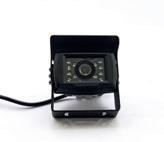



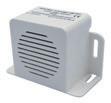





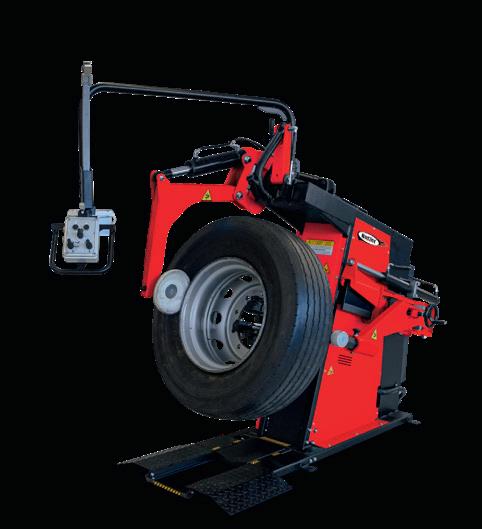
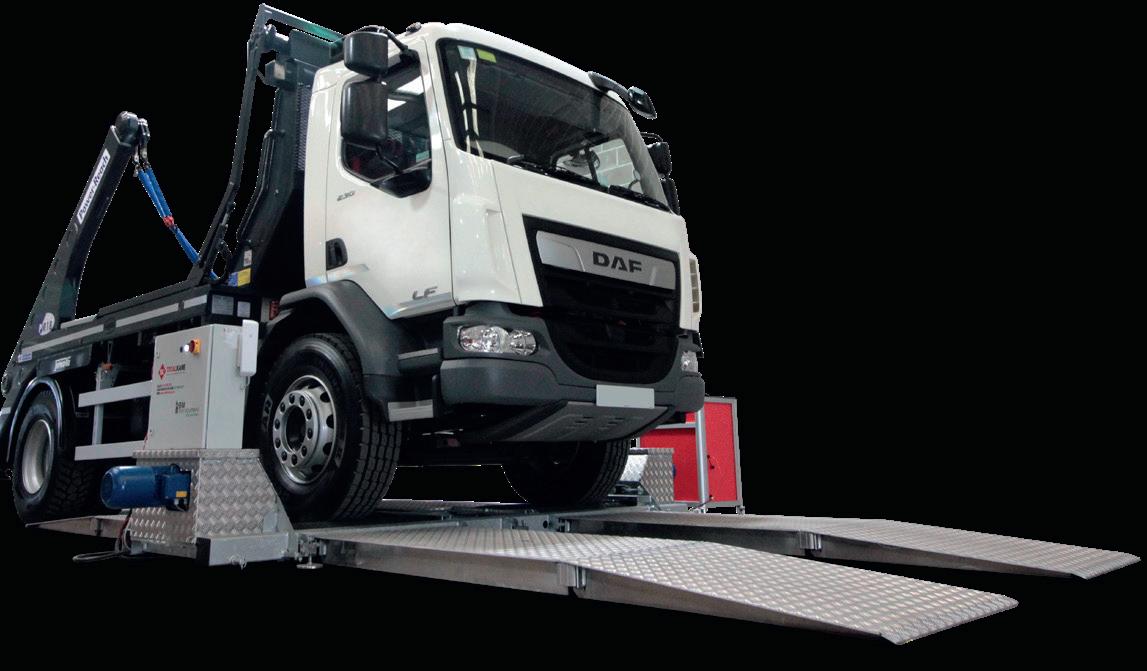





The Maxus e Deliver 3 was arguably the first electric van to be launched that was conceived purely as an EV
WHO’S DOING WHAT WITH EV VANS
With many new electric vans to choose from nowadays, we present a round-up of the latest models on the market and what they offer
There has been an enormous boom in the number of small electric vehicles being brought to market in the last 12 months. With the technology moving so quickly and buyers wary of their capabilities, there is a wide variety of vans in all manner of shapes and sizes to choose from. Here, we review the options from the cheap and cheerful to premium passenger car-based electric vans and hybrids.
Maxus e Deliver 3
Arguably the first electric van to be launched that was conceived purely as an EV, the Maxus e Deliver 3 was
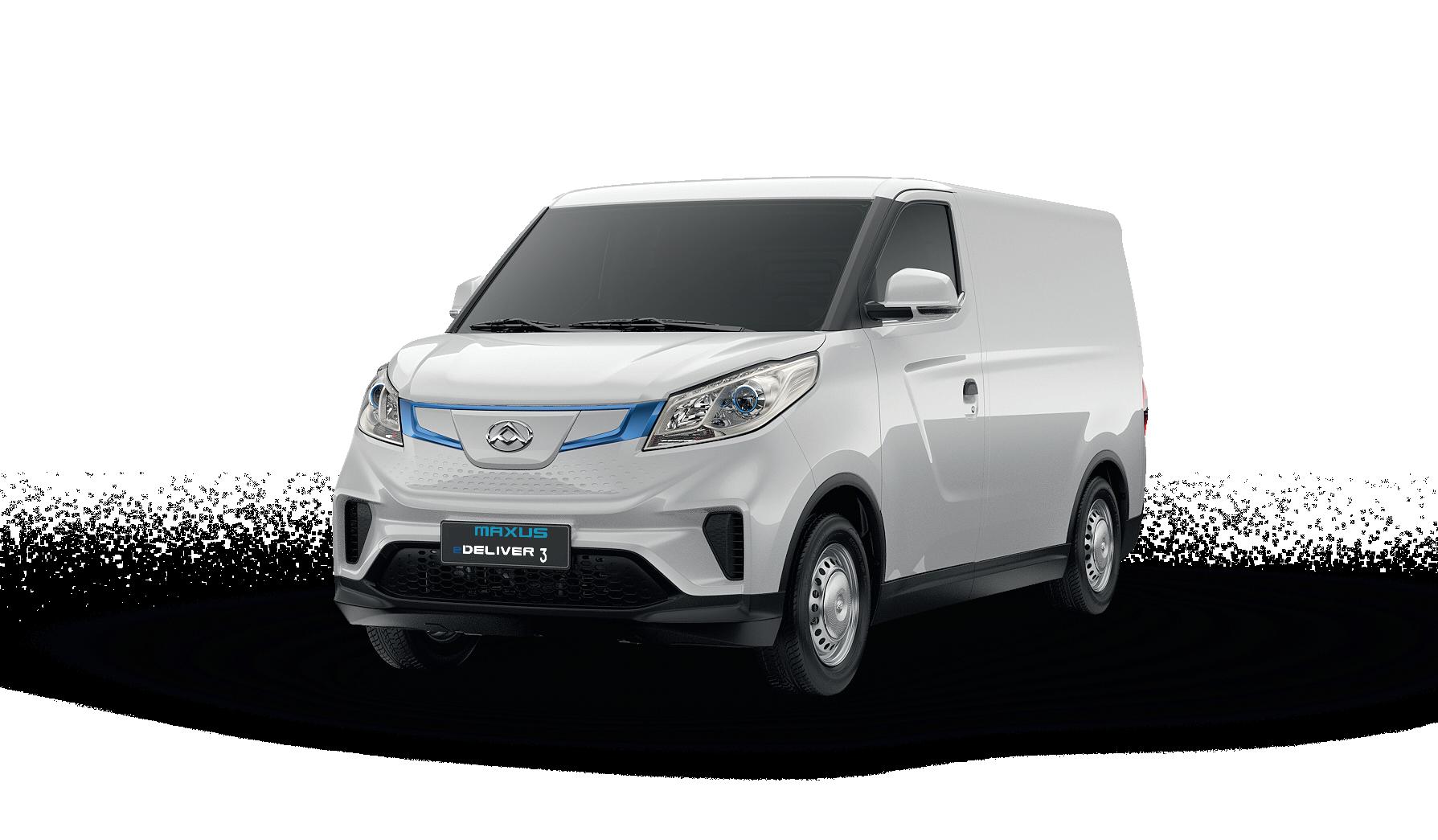
nevertheless a big departure for the Chinese-owned firm, whose line-up had previously consisted of both diesel and electric models.
Designed from the ground up as a pure electric van with a heavy focus on its aerodynamic performance, the e Deliver 3 has a claimed range of up to 213 miles for its WLTP city range and 151 miles for the combined WLTP standard. It has the option of two battery packs, with either 35kWh or 50kWh cells, and is paired to a 90KW motor producing 255Nm of torque.
It can carry up to 945kg of cargo and, despite only being available in a short wheelbase, has a volume of 4.8 cubic metres.
Charging times using a DC rapid charger will see the battery level go from 5% to 80% in 45 minutes, while a threephase 11kW AC charge will take around five hours.
Standard features include airconditioning, built-in sat nav, smartphone mirroring with Apple CarPlay and Android Auto compatibility as well as USB and Bluetooth connectivity. Its most appealing feature, however, is its price with models starting from £27,000 ex-VAT with a government grant. Operators can also have the e Deliver 3 as a chassis cab and can get real-time telematic data through a partnership with Geotab.

Citroen e-Berlingo / Peugeot e-Partner / Toyota Proace City / Vauxhall Combo-e
The city vans of Citroen, Peugeot, Toyota and Vauxhall have taken the successful underpinnings of the medium-sized electric van from Stellantis and applied it to the compact packaging of its small van range. Built in France for Stellantis siblings Citroen, Peugeot and Vauxhall and also produced on behalf of Toyota, the van leads the small LCV sector with a 171-mile claimed range from a 50kWh battery pack and is paired to a 100kW (136bhp) motor producing 260Nm of torque.
Despite being small, the vans offer a load capacity of 4.4 cubic metres thanks
to a load-through bulkhead with folding passenger seat which extends the 3.3 cu m and 3.9 cu m capacities of the standard and long wheelbase vans. The four vans can also have a respectable payload of up to 800kg and have a towing capacity of 750kg. For added versatility, they can be specified with an E-Power take-off system to power conversions such as fridge units. Charging can be carried out using 100kW charger, taking the battery from zero to 80% in 30 minutes. The vans’ cabin is focused around the driver, with an angled 8in infotainment and navigation touchscreen, and includes several premium features such as wireless phone charging and a Surround
Rear View system, giving a 360-degree view around the van. In total, there are 18 driver assistance systems designed to make the vehicles safer for both drivers and other road users. Prices start from around £27,000 ex-VAT, depending on the brand.
Renault Kangoo E-Tech / MercedesBenz eCitan / Nissan Townstar Electric
The Renault Kangoo is the oldest and most established name in the small electric van field but the latest version shares only its name with the trailblazer model launched in 2012. The latest van returns with a new E-Tech name to reflect the rest of the electrified Renault a

models and is accompanied by two cousins with versions from Mercedes-Benz and Nissan. All three models offer a different take on the electric city van, with Mercedes opting for a more upmarket interior and more standard safety systems than the Renault, while Nissan plays off its warranty support and value. All three vans, however, use the same 90kW motor paired to a 45kWh battery pack. Claimed range for the vans is 186 miles, while charging can be carried out using an 80kW supply to add more than 100 miles in less than 30 minutes. Slower 22kW charging is also possible as well as from a domestic single-phase 7kW supply though a wall box, which is said to take six hours. The van is available in two wheelbase lengths, with the standard van having a 3.9 cubic metre load volume and the long-wheelbase model up to 4.9 cubic metres of capacity. Payload for regular vans will be up to 600kg but thanks to a higher gross vehicle weight, the larger models can transport up to 800kg. They also have a 1,500kg towing capacity. Prices start at around £30,000 exVAT for the Nissan version.
DFSK EC35
Chinese-made DFSK vans have made a comeback in the UK through importer Innovation Automotive,
with the quirky midi-van offering a cheap entry-level price to electric van ownership. Starting at £20,999 ex-VAT, the DFSK EC35 looks like a typical Japanese-style microvan with high sides and a narrow width of just 1,680mm. It’s unusual proportions don’t mean it is lacking in space, with a maximum loadspace volume of 4.8 cubic metres and an impressive payload capacity of 1,015kg thanks to its lightweight 1,585kg kerbweight.

It has a hinged rear tailgate and gets twin sliding doors as standard. Power comes from a 60kW (80bhp) motor paired to a 39kWh lithium-ion battery with 200Nm of torque. While options are few and far between, one thing buyers can choose is the maximum speed limit of the van, with a 50mph limited model or a faster 62mph variant. Depending on which version buyers choose will dictate how far they might be able to travel, with a claimed range of 101 miles or 166 miles, according to the WLTP testing cycle, for the slow and fast versions respectively.
The DFSK EC35 is able to be charged at a maximum rate of 40kW with the battery level going from zero to 80% in around 60 minutes. Topping up the battery to 100% on a 40kW charger will take 90 minutes, while charging from a 7kW wall box will take six hours.
With the technology moving so quickly and buyers wary of their capabilities, there is a wide variety of vans in all manner of shapes and sizes to choose fromAbove: Volkswagen’s ID Buzz Cargo takes its inspiration from the Volkswagen Type 2 campervan
Above: DFSK’s quirky midi-van offers a cheap entry-level price to electric van ownership

Below: The new Renault Kangoo E-Tech also appears with Mercedes-Benz and Nissan badges
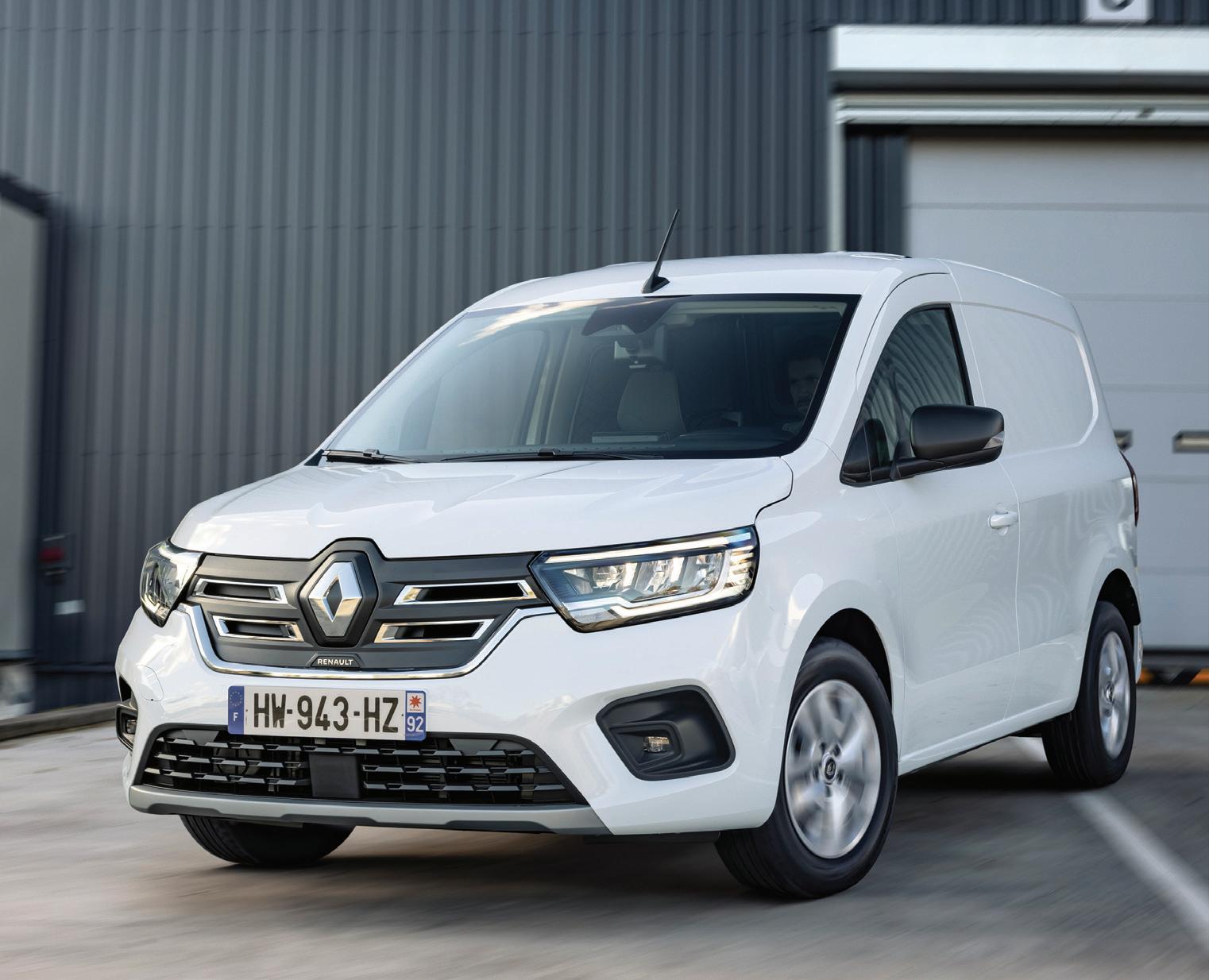
Toyota Corolla Commercial Hybrid
It’s been years since the Vauxhall Astravan disappeared from sale but the Toyota Corolla Commercial Hybrid van more than makes up for the shortfall. Based on the Corolla Touring Sports estate passenger car, it is a full self-charging hybrid electric van. It looks, feels and drives like a car, but has a healthy 1.3 cubic metres of loadspace in place of the rear seats.
Power comes from a 1.8-litre petrol engine and is paired to a 53kW electric motor and together the vehicle produces up to 90kW (120bhp) and 142Nm of torque.
It’s the only engine choice and there’s also only one trim level but the interior is far from a typical commercial vehicle.
The Corolla Commercial gets a decent level of equipment, including heated seats, dual-zone climate control and a reversing camera. There are also LED headlights as standard. When it comes to safety, the Corolla Commercial Hybrid isn’t short on features. It gets adaptive cruise control, high beam assist headlights and lane keep assist as standard.
Lane Trace Assist also helps to keep the van in the centre of the lane, even while turning slight bends, and there’s Road Sign Assist
to remind drivers of the speed limits with an audible or visual warning. In the rear, the loadspace floor has a rubber lining and there is a fullheight steel bulkhead to protect the front seat occupants. There’s also an interior light and a 12v power outlet but the important figure is the 425kg payload and 750kg towing capacity. Prices start from £22,149, ex-VAT.
Volkswagen ID Buzz Cargo
The Volkswagen ID Buzz Cargo is a brand-new electric van that takes its inspiration from the classic Volkswagen Type 2 campervan. It sits between the Caddy and the Transporter T6.1 in the Volkswagen range in terms of its size and is built on Volkswagen’s shared MEB electric drivetrain platform. Despite being a van, with a load volume of up to 3.9 cubic metres and 650kg payload, the ID Buzz Cargo actually borrows many of its features from Volkswagen’s passenger models, including the ID.3 and ID.4 cars.
A 150kW motor powers the van, producing 310Nm of torque in the process. There is currently just one battery option, a 82kWh unit providing a claimed range of up to 256 miles. Charging from 5% to 80% can be done in less than 30 minutes thanks to a maximum charge rate of up to 170kW on a DC charger.
For those needing more payload, a smaller battery pack size is likely to be added to the lineup, reducing range but pushing capacity to around 750kg. Two trim levels are available, Commerce and Commerce Plus, with entrylevel models receiving a high level of equipment including LED headlights, a heated driver’s seat, front and rear parking sensors, 10in touchscreen and wireless App-Connect for Apple CarPlay and Android Auto.
Commerce Plus models add Adaptive Cruise Control, keyless entry and Park Assist Plus with memory function that allows drivers to effectively record difficult parking manoeuvres to be automatically repeated. There are also safety features including driver assistance systems such as Travel Assist, Lane Assist, Side Assist and Emergency Assist. Prices start from £38,125 exVAT and include three services and an MoT.
■
From scheduling orders to getting more jobs done
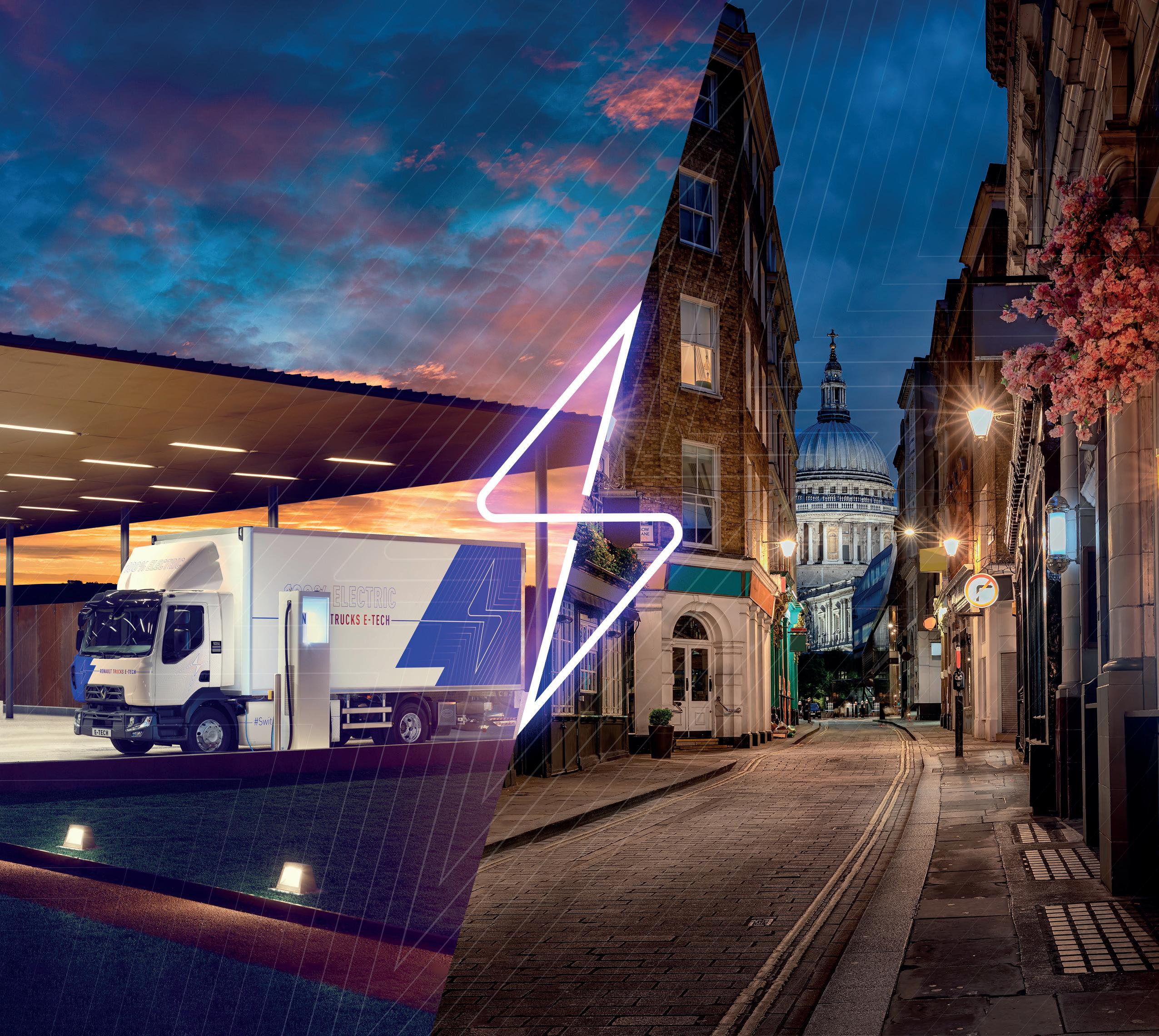

all. That’s why more
their
THE CITY WELCOMES YOU!
the city is key for
help everyone
cleanest vehicles will be welcome. Choose



business but as more restrictions are introduced
range to future proof your business

the city enjoy clean and peaceful commute. For more

MEET VOLTA
THE DISRUPTER!
We drive the Volta Zero 16-tonner, a truck the start-up manufacturer hopes will steal a march on the big hitters

Start-up manufacturer Volta Trucks is styling itself as a disrupter in the electric truck sector. First formed back in 2019 by founder Carl-Magnus Norden, Volta has been working up prototypes of its Volta Zero – a 16-tonne, two-axle all-electric rigid aimed squarely at city distribution.
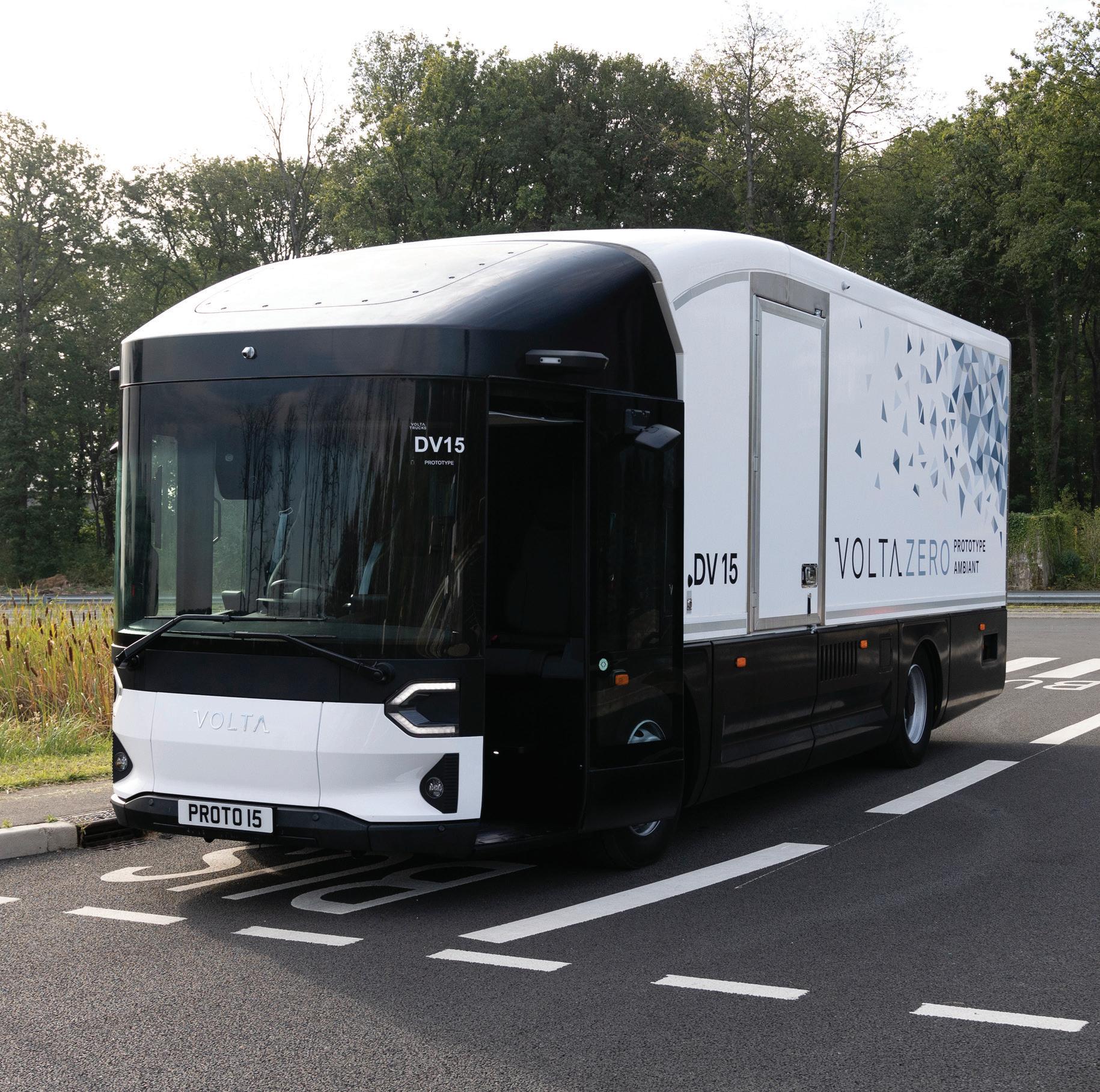
Built from the ground up, Volta Zero has a futuristic look and is seeking to do a number of things differently to other manufacturers’ electric vehicles. This bravery seems to be paying off, as some big name operators, including DB Schenker and Petit Forestier, have already put in significant orders.
Volta’s roadmap sees customer testing start early next year before an official launch of 16- and 18-tonne variants in London and Paris a few months later.
Wider launches across Europe and the US will happen shortly afterwards, ahead of the launch of 7.5- and 12-tonne models towards the end of 2024. Volta’s initial goal is to place 22,500 vehicles with operators across Europe and North America by 2025.
Battery options
The 16-tonne Zero quotes a range of up to 200 km (124 miles) per charge. It can be fitted with two or three 75 kWh Proterra battery packs delivering 150-225 kWh of power. It measures 9,200 mm in length, 3,470 mm high and 2,550 mm wide. Its wheelbase is 4,800 mm with a turning circle of 14 metres. Production models will be manufactured in Austria by Steyr Automotive.
Rather than bolting electric motors to a common gearbox and driveline, Volta is the first commercial vehicle maker in Europe to use an eAxle from Meritor. This single unit combines electric motor, transmission and rear axle to deliver power directly to the rear wheels. Volta reckons this is lighter and more efficient than a conventional electric motor and axle set-up, which can help increase operational range. It also frees up space between the chassis rails, so batteries can be mounted centrally between the rails for better impact protection.
Zeros can be ordered with either ambient or refrigerated bodies. The former are built by Paneltex and give a payload of up to eight tonnes and room for 16 Euro pallets.
Chilled models are made by Lecapitaine and can carry up to 15 Euro pallets, with a payload of up to seven tonnes. They use Iceland refrigeration units from Carrier
Transicold.
Dhollandia retractable tailgates can also be fitted to both models.
With a clear target of achieving a fivestar Direct Vision Standard (DVS) rating in London, Volta has built a unique cab concept with oversize windows, large glass panels mounted in bus-style sliding doors and a low central driving position. All this combines to give the driver 220 degrees of eye-level direct visibility.
The Zero also packs a lot of extra tech to further reduce blind spots. These include digital side-view cameras, a 360 degree bird’s-eye camera showing a complete image of the truck’s surroundings and blind spot warning systems that detect objects at the sides of the vehicle.
Driving impressions
We were recently invited to the UTAC test track on the outskirts of Paris to take a first drive in one of the current batch of Zero design verification prototypes. Built in Coventry by Astheimer, there are currently 25 prototypes on Volta’s fleet and it’s worth bearing in mind that some details will change ahead of series production.
This, of course, makes them hard to evaluate – but there’s still much to be
learned from strapping into the unusual central driving seat and heading out onto the track.
The first thing to note is stepping aboard the Zero is similar to stepping onto a bus. Its sliding doors are designed to give the driver easy entry from either side of the vehicle and its low floor makes stepping in and out a cinch – a definite plus point for those on multi-drop work. Sliding doors also benefit the safety of other road users, as they won’t swing out into the path of traffic, pedestrians or cyclists.
Sitting inside the cab feels a bit like sitting on the bridge of the Starship Enterprise.
There are screens everywhere – one on either side of the driver giving access to ancillary equipment controls and infotainment, two large monitors on the corner pillars taking the place of traditional glass mirrors, a large dash panel behind the wheel for driving information etc and even a small screen above the driver’s head acting like a carstyle rearview mirror.
There are some physical controls. Beneath the two side screens are buttons giving analogue control of door release, interior lights, fog lights, central locking, hill hold and transmission controls.
Unusual cab
Pulling out onto the test track, it’s immediately clear sitting in the middle of the cab will take some getting used to. We’ve driven lots of left- and right-hand drive trucks and are not usually fazed by the change of perspective, but we found sitting centrally initially caused us to drift across the lane as if subconsciously aligning ourselves with the middle line of the track. We soon got the hang of it, but it’s something to bear in mind.
Like all other electric trucks we’ve driven, the Zero gives a quiet, yet punchy performance when the pedal is pressed.
The eAxle feels sprightly and the truck soon gets up to speed – though it must be noted we were not carrying a load.
It will be interesting to see how the Zero performs when pulling a full cargo, but we’ll have to wait a bit longer before we can form a full opinion.
Excellent visibility
As expected, visibility from the driver’s seat is excellent. The large glass panels in the doors open the sides right up, so drivers should have far fewer problems seeing cyclists pulled up alongside.
However, we felt a bit exposed sitting so low down and without much of a forward
assembly to protect occupants from a head-on impact. We look forward to digging into the safety credentials of the final production model.
There’s also a question mark over interior storage. Our test truck had seats positioned behind the driver’s right and left shoulders, so the only places available for stowing gear were bottle/paperwork holders either side of driver’s seat. We are told production vehicles will have overhead lockers, so again we’ll wait and see. Overall though, the Zero gave a positive impression. Once we were used to the driving position, we could relax and really enjoy our laps around the track. We have questions about the final spec and hope interior storage can be beefed up, but for now we’ll look forward to getting behind the wheel again once full production is under way. ■
TECH SPEC
Model: Volta Zero
Design gvw: 16,000 kg
Chassis: Front axle: 6,500 kg capacity

Rear axle: 11,000 kg capacity.
4,800 mm wheelbase. Full air suspension.
Max payload: 7,750 kg
Engine: Electric Meritor eAxle
Battery size: Up to 246 kWh gross, 225 kWh usable

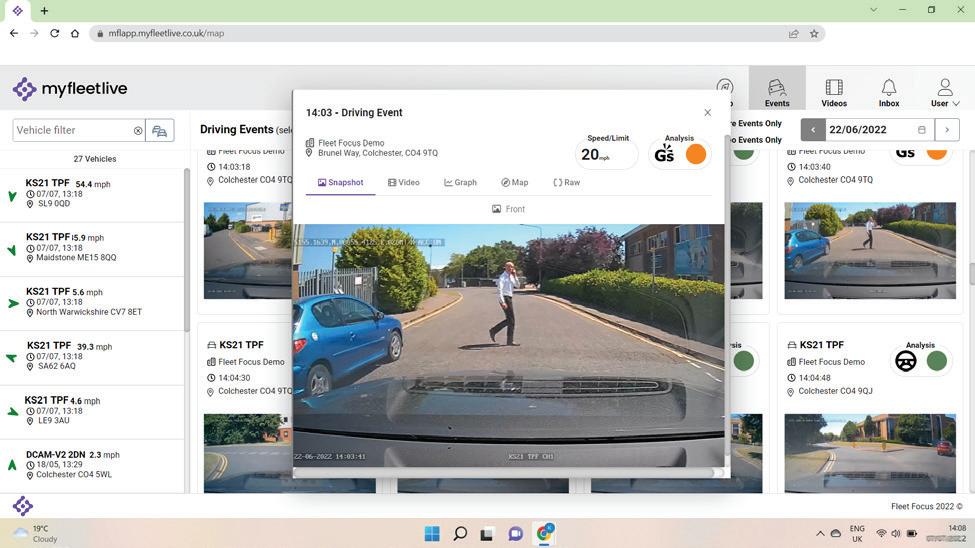

Range: Up to 200 km/124 miles per charge
Additional equipment: Three seats including central driving seat, ambient box body with roller doors, low-entry cab with sliding doors
Volta’s roadmap sees customer testing start early next year before an official launch of 16- and 18-tonne variants







THIS





FIT THIS -
















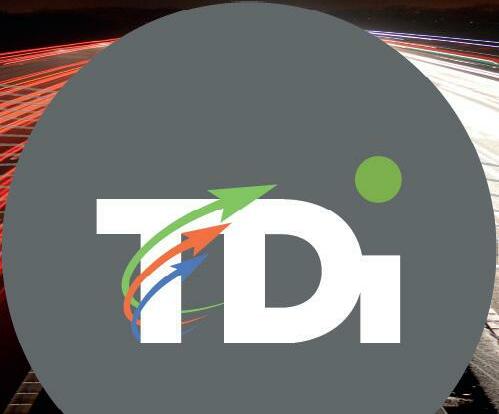


















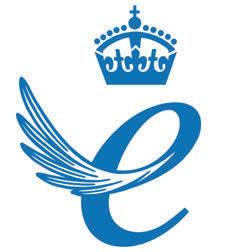

Fleet















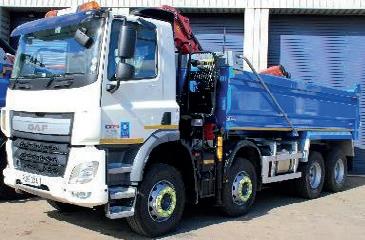






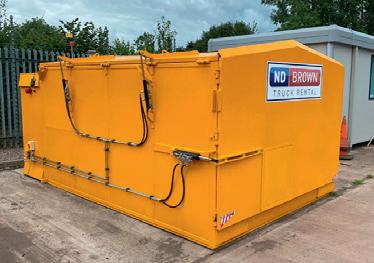
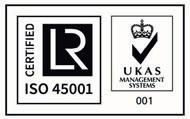
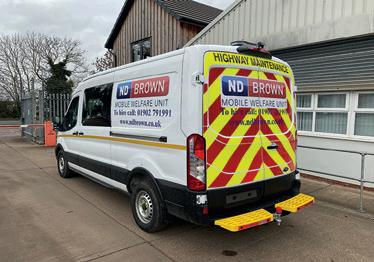



SUPPORTING YOUR COLLEAGUES IN THE WORKPLACE
Words: David WhiffinWhat to do when you suspect that a staff member is abusing drugs or alcohol as a way of coping with life’s problems
In our very first article in this series, we looked at the definition of a ‘coping strategy’ and the use of one in helping to manage a stressful or unpleasant situation. Whilst there are many positive coping strategies, such as going for a walk, talking things through with a friend, etc. it is important to recognise that there are also a number of ‘maladaptive’ coping strategies, the most common of which can involve the use of a psychoactive substance, such as drugs or alcohol.
When difficult life events rear their head, such as divorce, bereavement or financial worries, people often turn to these unhelpful coping mechanisms to manage the anxiety they feel. In the long term this can cause more stress and in some cases shame, and guilt can also exacerbate these feelings.
So, what do we do when faced with the challenge of helping a colleague with such issues?
Addiction does not discriminate
When we think about individuals with a dependency or addiction, or even those who simply use/misuse/abuse psychoactive substances, there are several stereotypes that quite often come to mind. As a society, although we often encourage alcohol use in particular and see it as part of our social culture, we generally tend to make negative assumptions around addiction.
Often, those with dependency issues
are pictured as unemployed deviants, lurking in dark alleyways or squats, committing crimes to feed their habits and engaging in high-risk behaviour.
It is for this very reason, when FORS Associate OdiliaClark has identified individuals with potential dependency issues, it is sometimes difficult for employers to take them seriously.
After all, some employees will not fit the stereotypical profile of an addict and may still seem to be functioning well on the surface.
The reality is, however, that most psychoactive substance users are just like everyone else. They are parents, siblings, children, friends and colleagues. They hold down normal jobs and have active social lives. In the workplace, it doesn’t matter whether you’re the CEO, middle management, or shop floor worker –dependencies and addictions can affect anyone.
The warning signs
While many people who use drugs and/or alcohol as a coping strategy are generally able to function daily, it doesn’t take long for the warning signs of a dependency to creep in. In the workplace, it can be difficult to know how to approach someone without causing anger or adding to the feelings of shame they may feel, so it’s important to be able to recognise the warning signs of someone who may be struggling. Here are several things you may observe: -
• Changes in behaviour (erratic, mood swings, secretive behaviour etc)
• Unkempt appearance (lack of personal care/hygiene, unexplained weight loss/ gain etc)
• Reduced productivity / frequent absenteeism
• Making mistakes or increasingly missing deadlines
• Regularly feeling tired and sleepy or falling asleep at work
• Heavy drinking on work nights out/ time away from home
• Increased social isolation from friends or colleagues
• Financial difficulties
How can I address the issue?
It can be difficult, whether as a boss, manager, or colleague, to talk to someone about having a potential issue with psychoactive substances. If you are a colleague, you will also face the challenge of deciding whether the problem needs to be reported to management and/or HR –naturally, if there are any safety concerns whatsoever, then you should do so.
In any event, the discussions you may have with the individual do not need to be levied as an accusation or confrontation. Communication is vital and it is important to convey that you have noticed that they may be struggling, and all you want to do is help and support them. If they decide to share, then allow them to talk without interruption or judgement.
If you choose to talk to a colleague informally, try to pick the right time and place
If you choose to talk to them informally, try to pick the right time and place – find a private, comfortable meeting space to give them the opportunity to feel safe enough to open up and avoid any risk of interruptions. Try to ensure that they are not preoccupied with any other issues, or in the middle of a work task and make sure you turn off computers and put away phones. Most importantly, try to ensure they are sober when you broach the subject.
During the discussion, try to ask open-ended questions in a caring way. To keep the conversation going, use open questions that cannot be answered with a simple yes/no, such as ‘how long have you felt like this?’ or ‘what can I do to help you?’ but try to avoid questions starting with ‘why?’ as they can imply judgement. Perhaps have ready some examples of the behaviour you have noticed to help explain why you believe there to be an issue. No matter their reaction to your approach, try to stay calm and reassure them that they have your support.
Whether they deny or admit to having
Communication is vital and it is important to convey that you have noticed they may be struggling
a problem, encourage them to seek professional health and advice, and to speak confidentially with HR to access appropriate support at work. If you are in a position to help reduce workplace stress, consider making reasonable adjustments such as changes to their workload or time off for psychological support. If workplace conflict with other colleagues or gossip-mongering may be contributing to the problem, do not ignore it. Keep all conversations between you confidential wherever possible and try not to enable the individual’s
behaviour – for example, covering for them if they are late or miss deadlines. Using a compassionate and understanding approach to issues around substance misuse will allow individuals to recognise problems and will make them more likely to seek help. It also demonstrates strong empathic leadership skills, signalling to others in your team that you are someone who can be trusted. This will in turn encourage them to reach out at times of struggle, building a robust and healthy workplace culture in which employees will thrive. ■

The

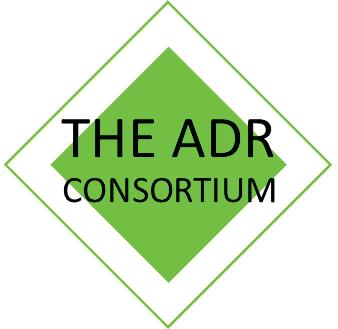
Driver CPC 4U

FORS FUEL
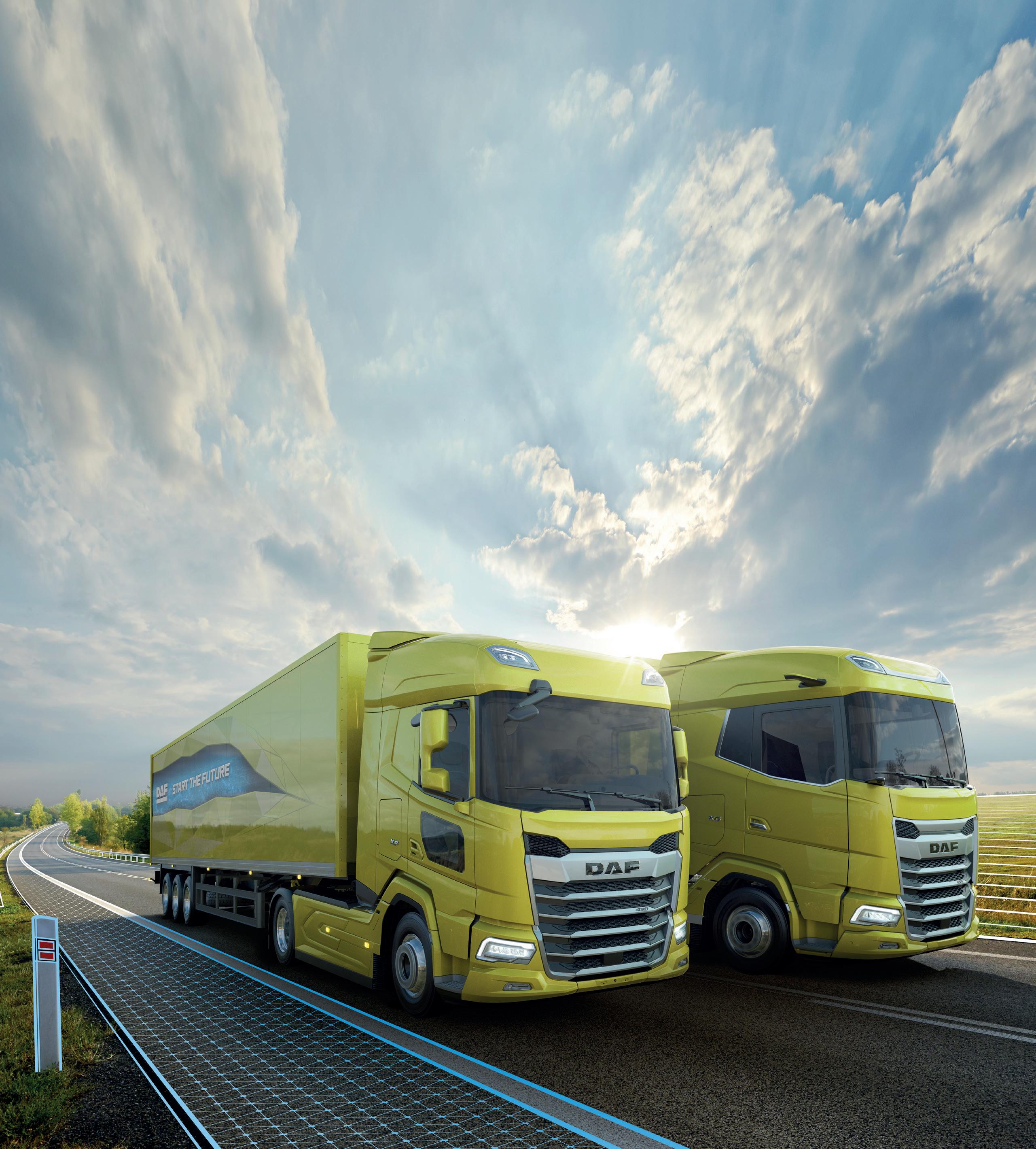

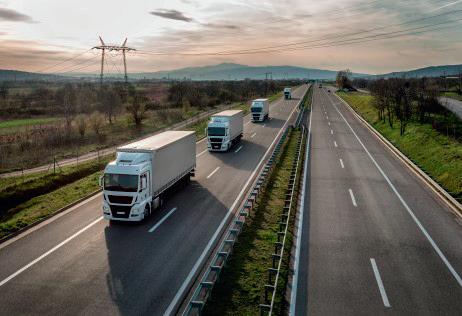


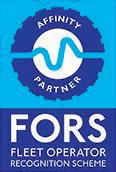
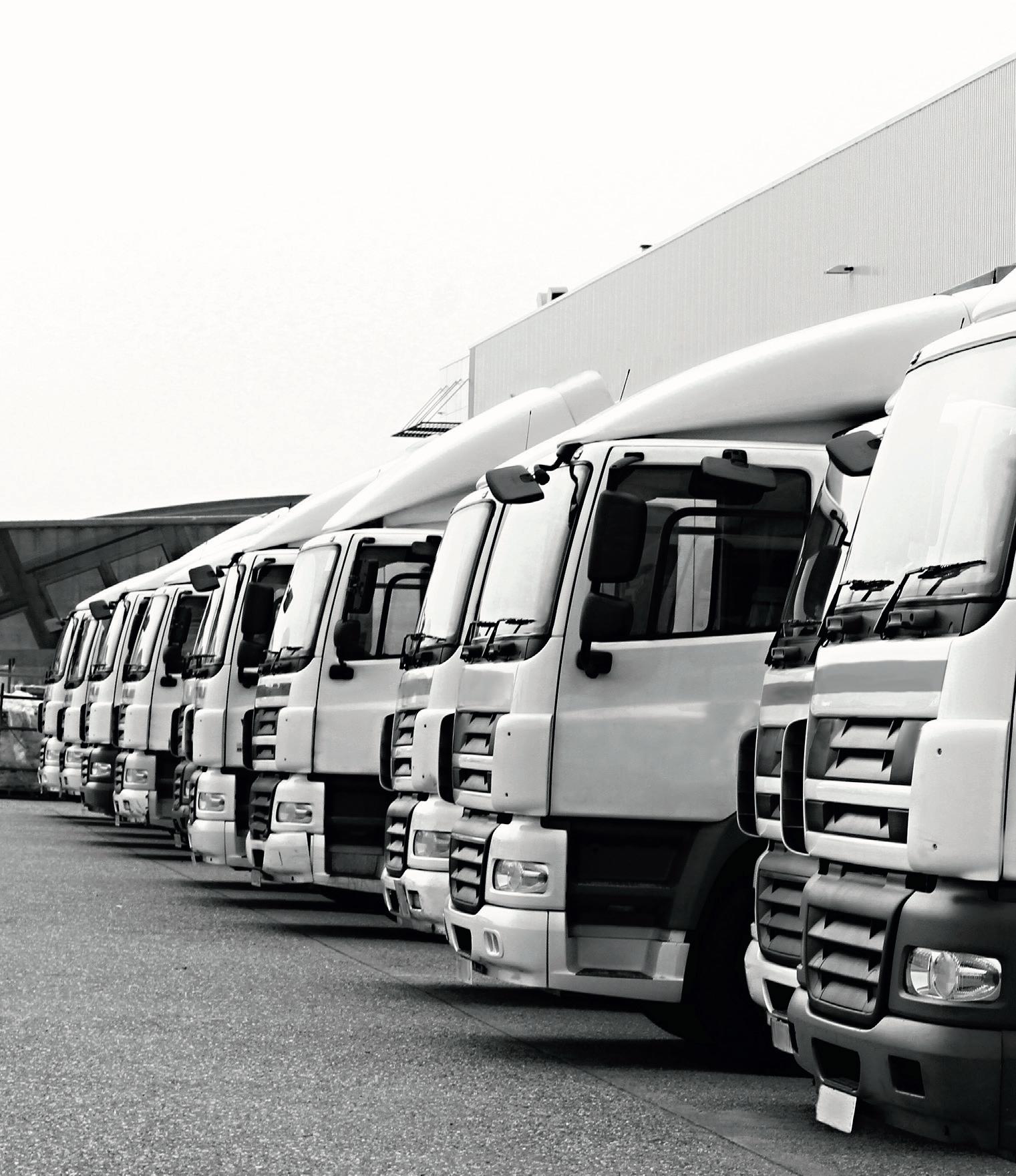
10% Fuel saving
A spectacular 10%* gain in fuel efficiency, thanks to a fully optimised driveline and an exceptional aerodynamic cab design. The low-drag, elongated cab – designed to take advantage of the new masses and dimensions regulations –reduces fuel consumption significantly.

VISION UK OFFERS PERFECT ALL-ROUND SIGHT FOR IMPROVED TRUCK SAFETY
Q. What does Vision UK do and how long have you been in this field?
A. We have been specialising in camera systems since 2005 and this has remained the core focus of the business ever since.
Q. What is your core market?
A. Construction logistics, general haulage, roadside collection and high street/home distribution.
Q. With your firm offering various packages, what are the most popular package/ equipment options?
A. Our most popular package is a fourcamera, 360-degree recording system which we describe as our Gold package. This system provides extremely good value, high reliability and easy recovery and playback of video footage.
Q. Do you offer IT support for DVR systems that you provide?
A. Yes, we offer a range of remote IT support services that are all provided at no cost. These include telephone support and when required we will remotely connect to the customer’s computer via a secure VPN to help them resolve any issues they have.
Q. Along with the equipment for HGVs, have you found the need for equipment on LCVs has become more popular?
A. Yes, we have and there are a couple of different drivers behind this. Firstly, contractors working to CLOCS guidelines have to make sure vehicles over 3.5 tonnes meet the requirements of FORS Silver, which means at the very least the vehicle requires an audible left turn manoeuvring alarm to be fitted, although in many cases blind spot cameras and proximity sensors will
also be required. Secondly, LCV operators have historically mostly fitted crash type front camera recording devices. However, we have seen an increasing demand from operators that are delivering expensive food and drink products, carrying cash, or delivering expensive consumer goods fitting multiple camera systems so that the driver and the operator are better protected against accusations of theft and claims that goods have not been delivered or were delivered damaged.
Q. If you were kitting out a van/HGV with one of your most popular vehicle safety camera systems, what is the downtime for that vehicle and for you do to the work?

A. To install a FORS Gold system on an HGV typically requires 8-10 engineer hours.
emerging technology will make a step change in improving vehicle safety. In particular, it is the development of cameras with built-in pedestrian and cyclist detection capability that will add a significant capability upgrade, so anyone looking at buying a camerabased safety system today, or operators with existing systems following the ethos of continuous improvement, should start looking at these cameras as they work extremely well and are more expensive than standard cameras.
By the end of this year, we aim to be offering these cameras as the standard option on our systems, as a plug and play update to legacy systems, and to be installed as stand-alone safety devices. ■
Q. Do you have any advice for someone looking to kit out their vehicles with one of your packages?
Proactively detect risky and distracted driving behaviours
A. We would recommend systems that provide vision and proximity detection in the vehicle blind spots and record full 360degree video around the vehicle. So basically, similar to our Gold system but with more or fewer cameras as appropriate.
With our innovative technology, you can identify and assess risky and distracted driving behaviours that might not be detected by traditional telematics.
Q. Any top tips when looking for safety systems?
Connect with us today! Visit lytx.com/lytx-surfsight-solutions for more information.
A. If you are ordering, make sure a safety system meets a specific vehicle operator scheme, the system meets the requirements of that scheme. It is a personal bias but for the reasons given previously I don’t think there is any good reason for not including a video recording capability with any system, so I would always recommend investing in recording equipment. I further believe we are approaching a cross-over point where
Blind Spot Vision System for Construction Logistic Operators For 2019 Vision UK are introducing our CLOCS+ System that embraces the spirit of the FORS and CLOCS schemes to provide an even higher level of driver assistance than is


For 2021, Vision UK is offering safety equipment meeting the requirements of DVS, FORS and CLOCS schemes, to provide a higher level of driver assistance than is required by the guidlines
For 2020, Vision UK is offering safety equipment meeting the requirements of DVS, FORS and CLOCS schemes, to provide a higher level of driver assistance than is required by
ReadyforFORS?
Standard Magazine sits down for a chat with Managing Director Rick TreharneVision UK’s Blind Spot













Safer trucks for Cemex
Cemex has added 10 new Volvo FM 460 8x4 tippers to its UK fleet, all meeting Transport for London’s Direct Vision Standard (DVS) rating.
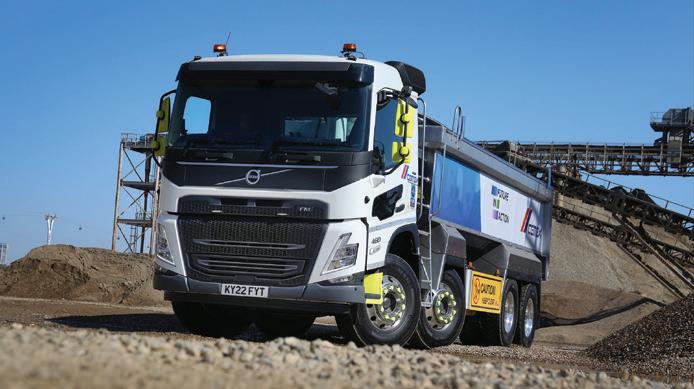
The new trucks will work out of the building material supplier’s depot in Greenwich and will be used to deliver aggregates and sand to construction sites across London.
“These are the first batch of Volvos we have had for several years ”
Key to winning the order was the improved visibility and layout of the latest generation FM’s day cabs –providing an ideal workplace for Cemex’s drivers while aiding the safety of other road users.
Nigel Ponton, National Fleet Engineer at Cemex, said: “These are the first batch of Volvos we have had for several years, but the two businesses have a long tradition of working together and have recently entered into a new global procurement agreement. Safety is the number one focus whenever we add new trucks to our operation and these Volvos tick every box in that respect.”
ADVERTISE WITH US
Standard Magazine is committed to bringing you the latest news, information and guidance regarding compliance, legislation and regulations for road transport


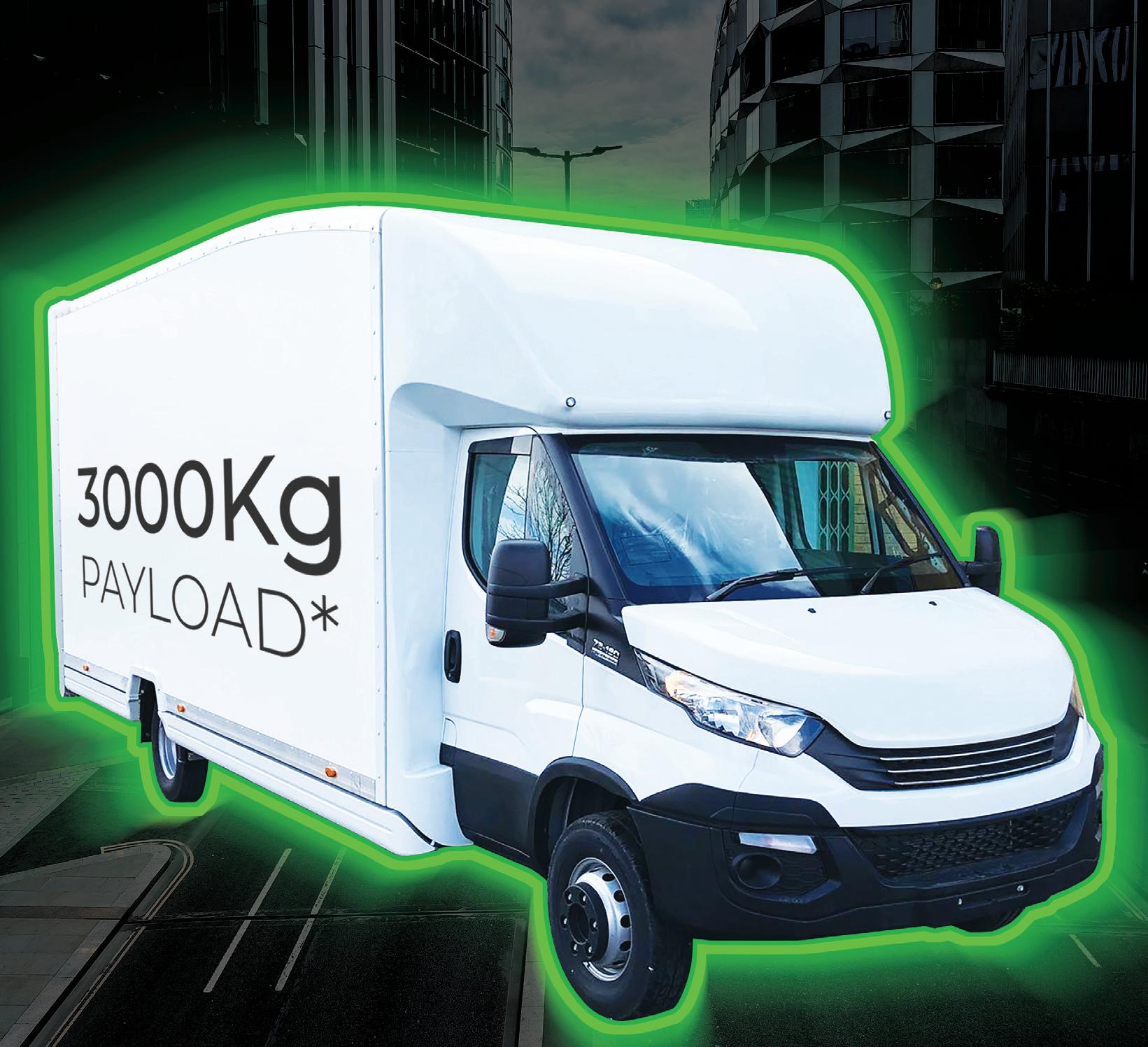









HOW DRÄGER HELPS TACKLE THE AGE-OLD PROBLEM OF DRINK AND DRUGS IN THE WORKPLACE


Q. How serious is the problem of drink and drugs in the workplace in Britain at present? Is it getting worse as time goes by and has it worsened post-Covid?
A. There has been a problem with drugs and alcohol in Britain for many years. This becomes even more dangerous when people attend their jobs while still under the influence of drugs and alcohol as their abilities are impaired and they become not only a danger to themselves, but to others. During the pandemic, we have seen a rise in people abusing certain drugs due to the anxiety and stress the situation caused. Now most people are back to usual working, this poses an extra danger as there are more people potentially at work while still under the influence.
Q. In the transport sector, is this a problem just with drivers or does it extend to others?
A. The problem extends across all areas of the transport sector. For people who unload lorries, this often involves using a forklift truck. If someone is driving one of these under the influence of drugs and alcohol there are risks. For warehouse workers, there is the increased chances of tripping and knocking things over just to name a few. Obviously, actual drivers can cause serious accidents if they crash into something or someone, so it is important that all drivers are checked to be fit to work.
Q. What products does Dräger produce that will help combat this problem and how exactly do they work?
A. We have solutions for both drug and alcohol testing. We offer saliva-based drug testers that can test for up to eight different commonly abused substances. We have noticed saliva testing becoming more popular in recent years due to it being a less invasive testing method in comparison to more traditional urine and blood tests.
For alcohol testing, we have a series of Alcotest breathalysers suitable for all types of
alcohol testing and to fit any budget.
One other product we offer is our Interlock 7000, which is an alcohol ignition interlock device that prevents a person under the influence of alcohol from starting a vehicle.
Q. I am the boss of a company that wants to set up an anti drink/drive programme but have no idea how to go about it. Can you give me some tips?
A. Firstly, it is worth having a drug and alcohol policy review and making sure it reflects your requirements and that you are comfortable with what it contains. If you do not have a policy, then we can help you to get one written up. Once you have a policy and you are happy with it, we can offer training to yourself and your staff as to why it is important to carry out drug and alcohol testing. We can also train dedicated members of staff to carry out the testing if this is the route you wish to take. If you want somebody to come in and do the testing for you, we can also help with that. We see different businesses opting for different options depending on how comfortable they feel testing their own staff.
Q. If I set up an anti-drink/drive programme in my firm, my workers would be most upset and accuse me of not trusting them. How can I persuade them that it is a good idea for all?
A. Some of the training we offer looks to educate staff members at why drug and alcohol testing is important so this can be a helpful first step.
You also must consider what for
you, as a business owner, the cost that a drug or alcohol-related accident can have on your business, both financially and reputationally. One accident can lose your business millions of pounds and cause irreversible reputational damage.
At the end of the day, bringing in a drug and alcohol testing programme is to increase safety so everyone can go home safe when their shifts end.
Q. Can you tell us a little more about the ‘Interlock 7000’.
A. The Interlock is a breathalyser hardwired into a vehicle that does not allow the engine to start without first providing a negative breath test. The device can be equipped with a camera, a GPS and/or a mobile data transfer module, according to specific customer requirements.
We now have many customers within the transport sector who have adopted the Interlocks into their fleets and the feedback has been excellent. ■
There has been a problem with drugs and alcohol in the workplace in Britain for many years
ReadyforFORS?



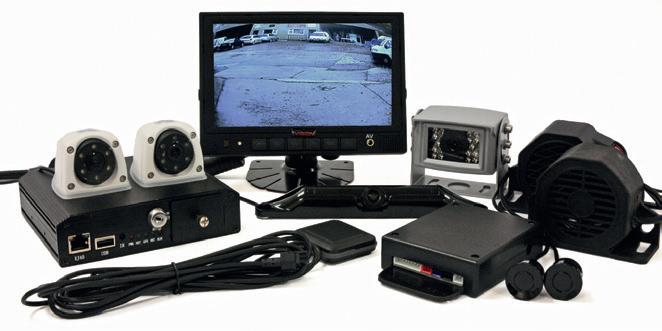









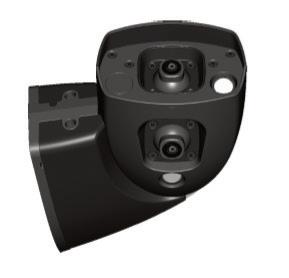
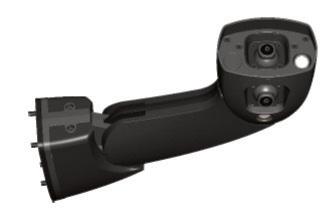




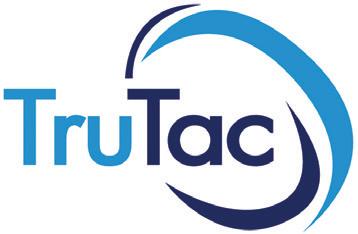

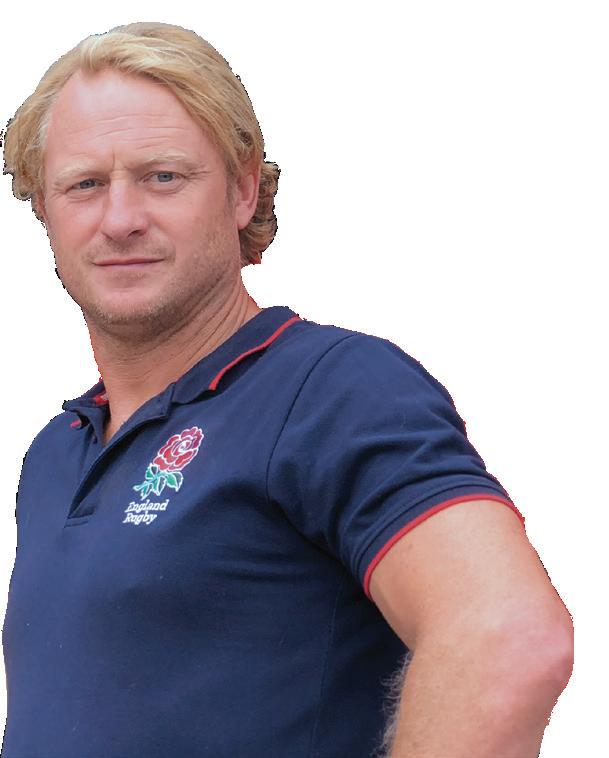








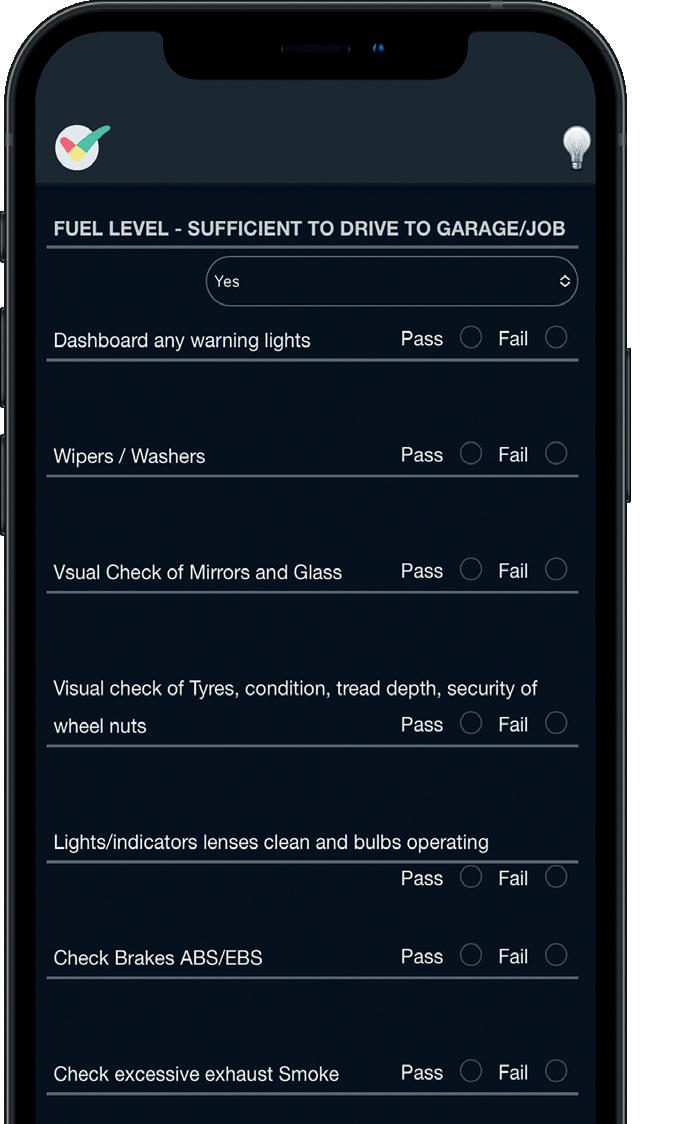






ACCELERATE TO NET ZERO

Durite, FORS Associate and expert in Vehicle Safety Equipment brings you the latest technology and highest quality components. From DVRs, to FORS and DVS Safe Systems, all our kits are E-marked and come with extended warranty as standard. We offer bespoke solutions, and for your peace of mind, installation services are available UK-wide.

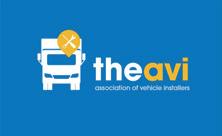

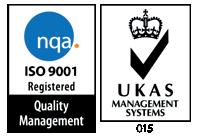
Durite is a Safe Fleet Brand. Safe Fleet is a Global Leader in Fleet Safety Solutions.




Neil Tullett, Joda Freight Ltd
“Durite went the extra mile to develop a bespoke safety camera solution with and for us. This was one of the best investments we have made!”
Durite, Leaders in Vehicle Safety.
